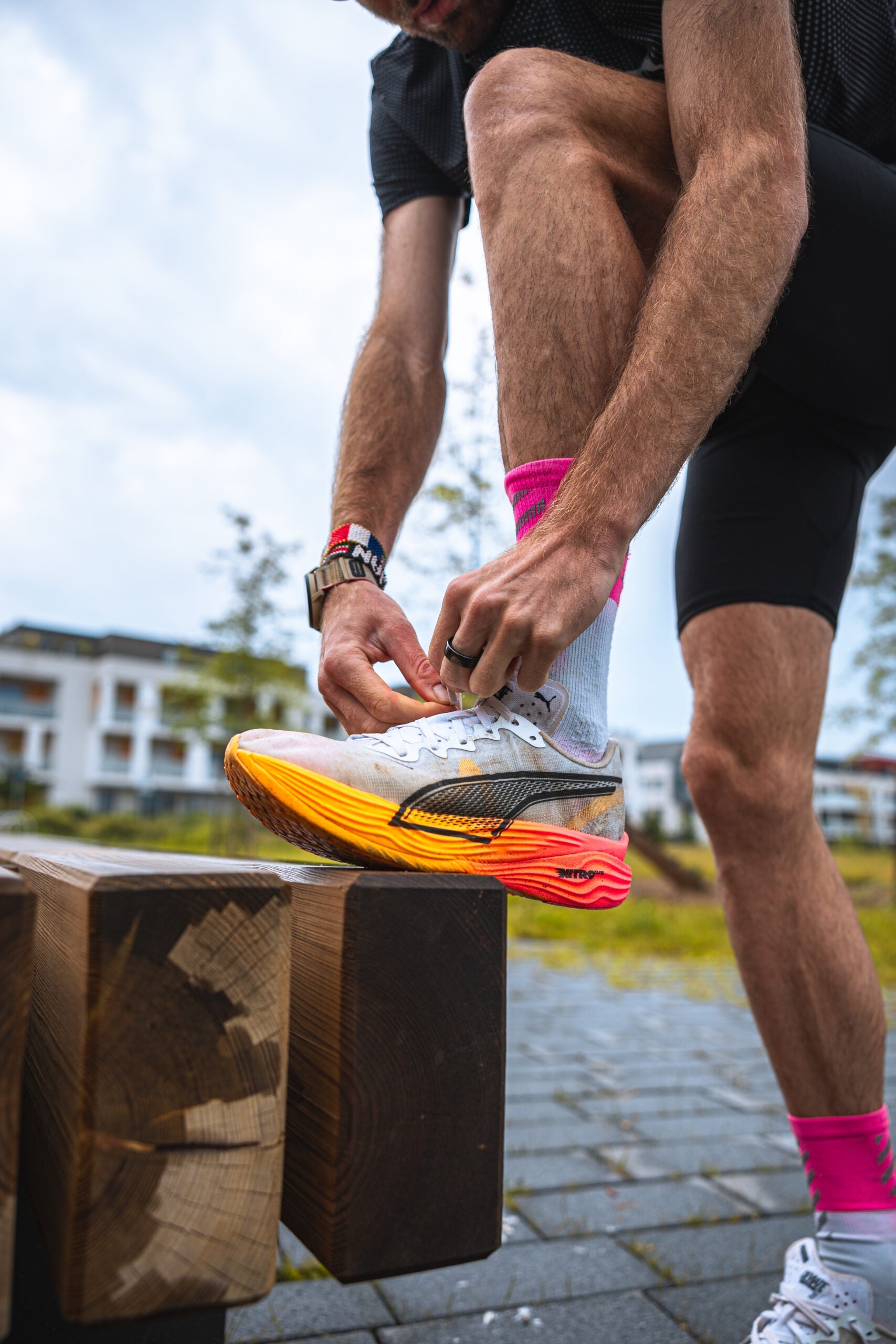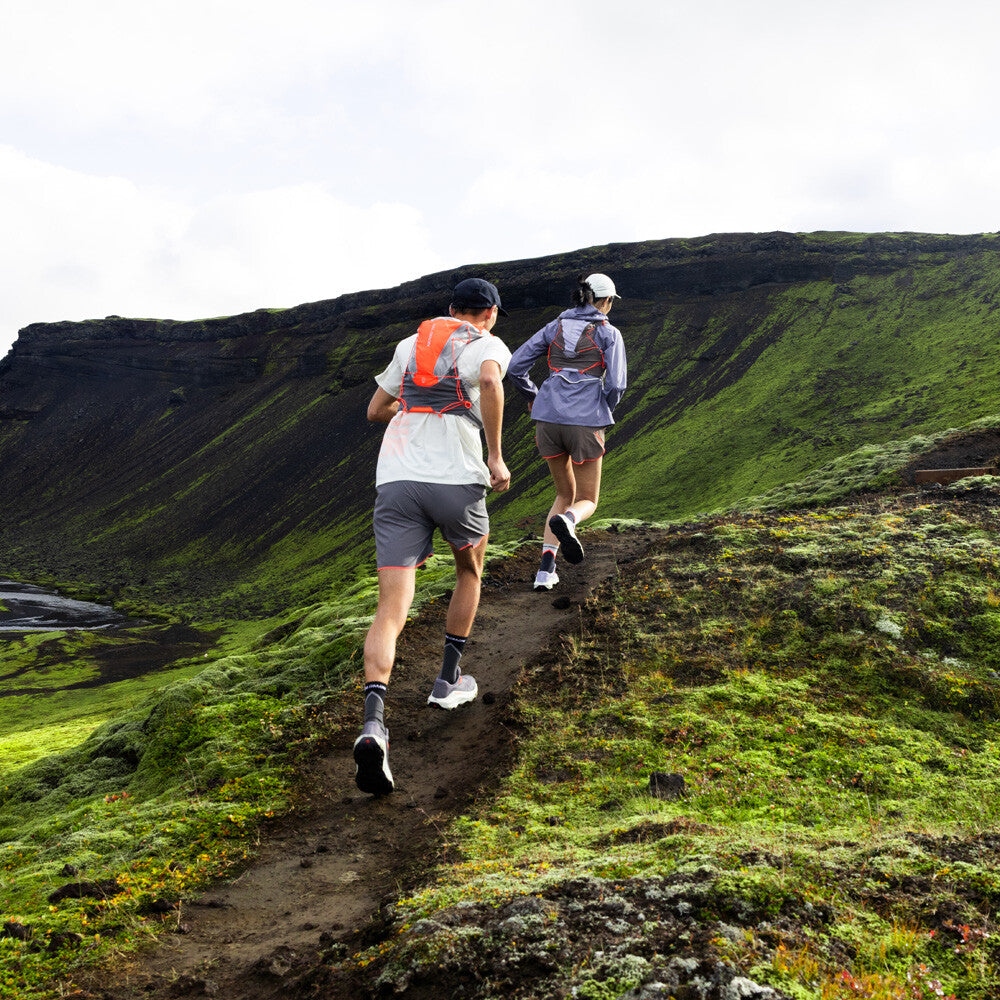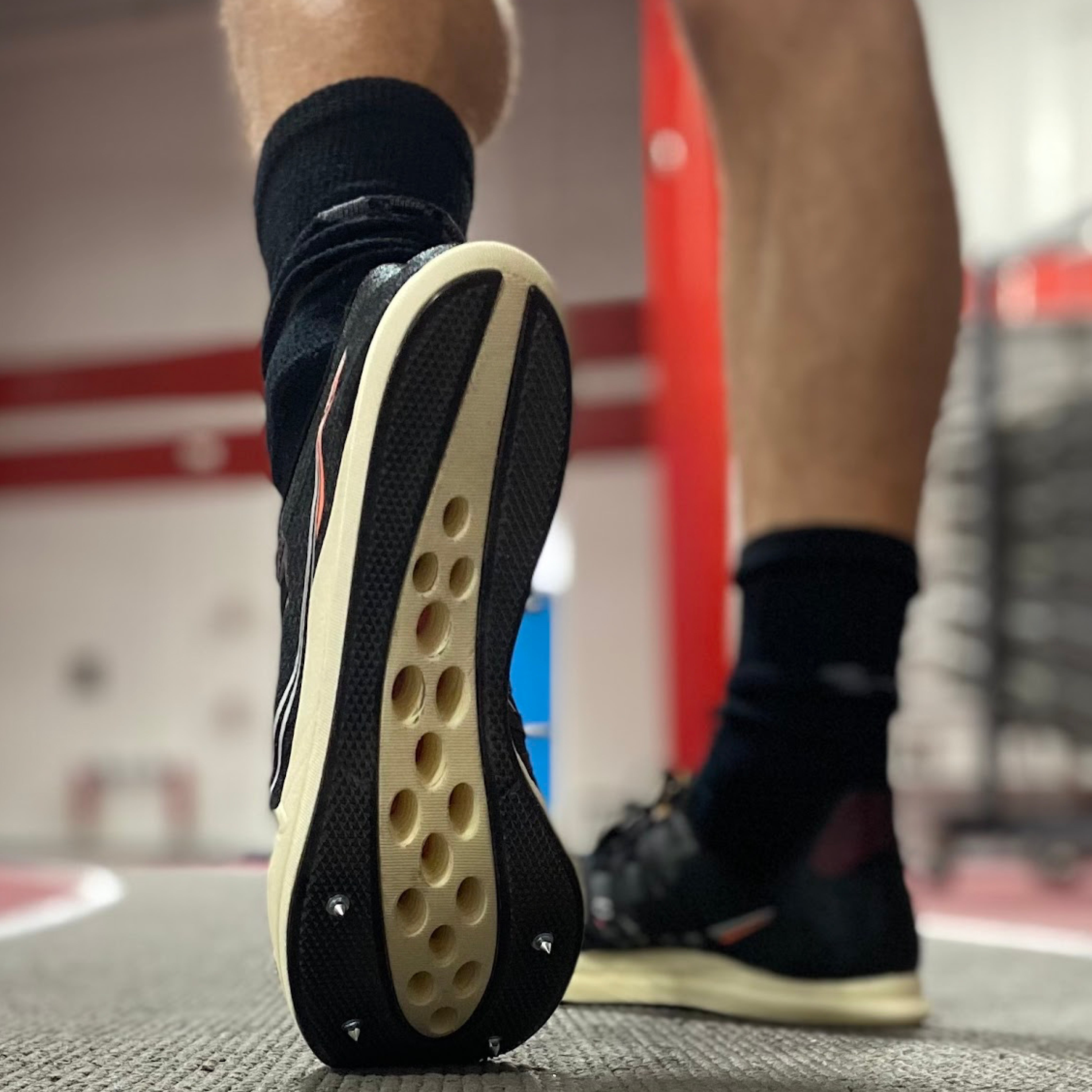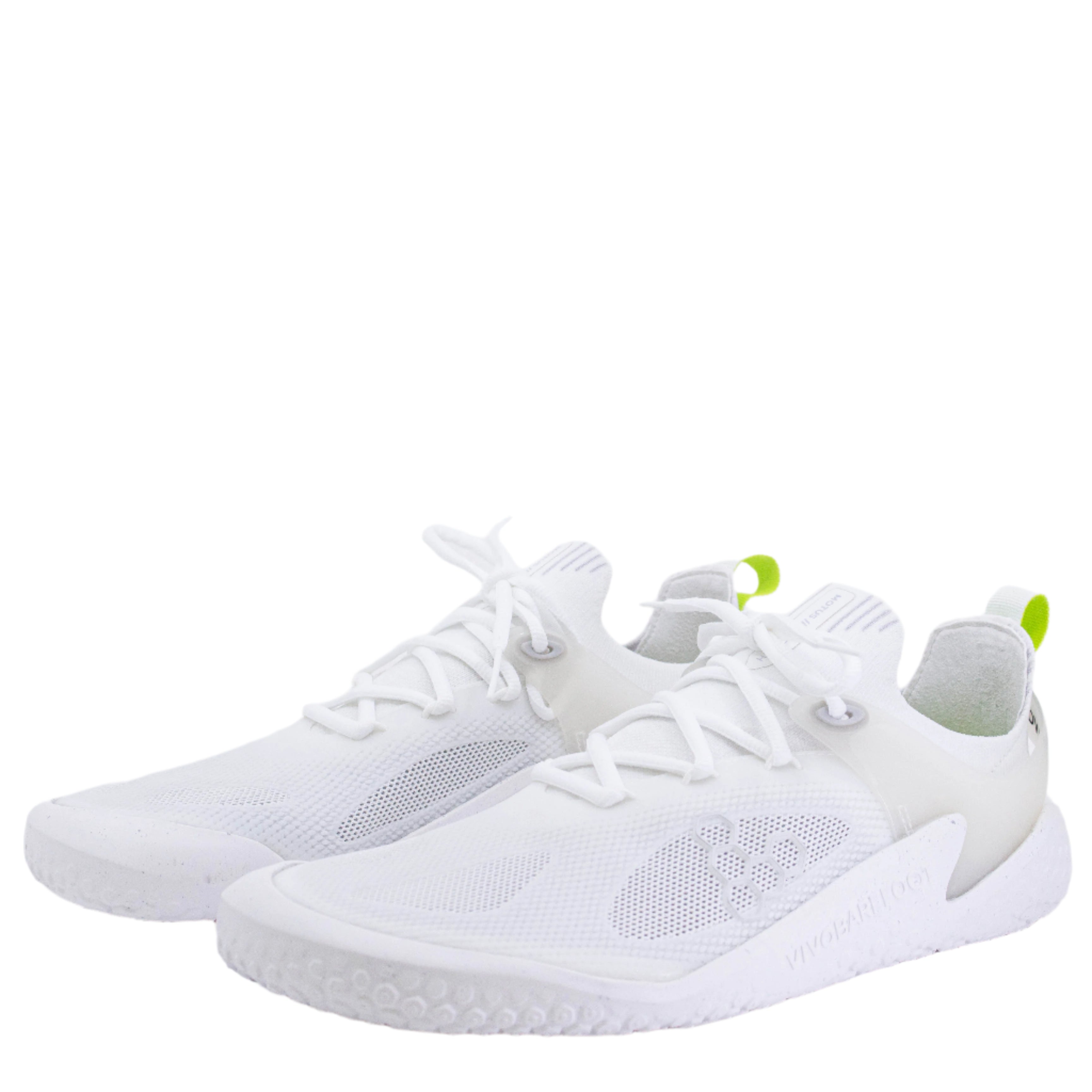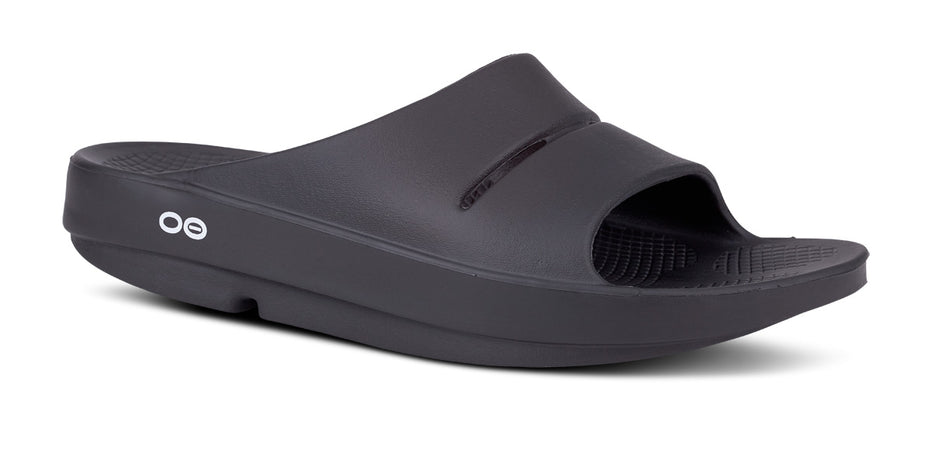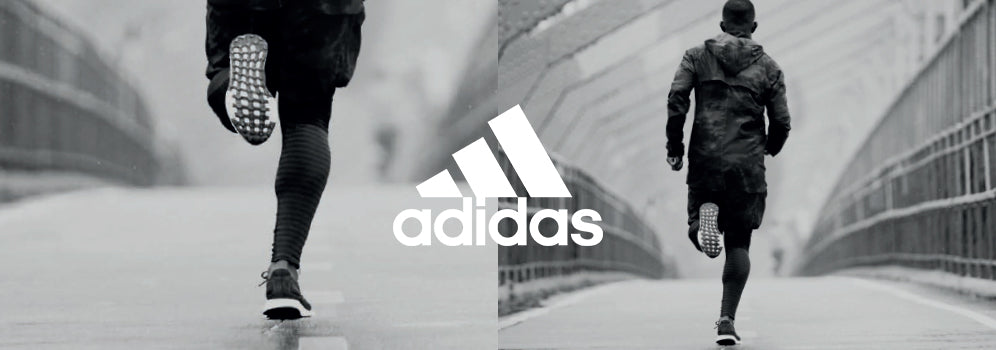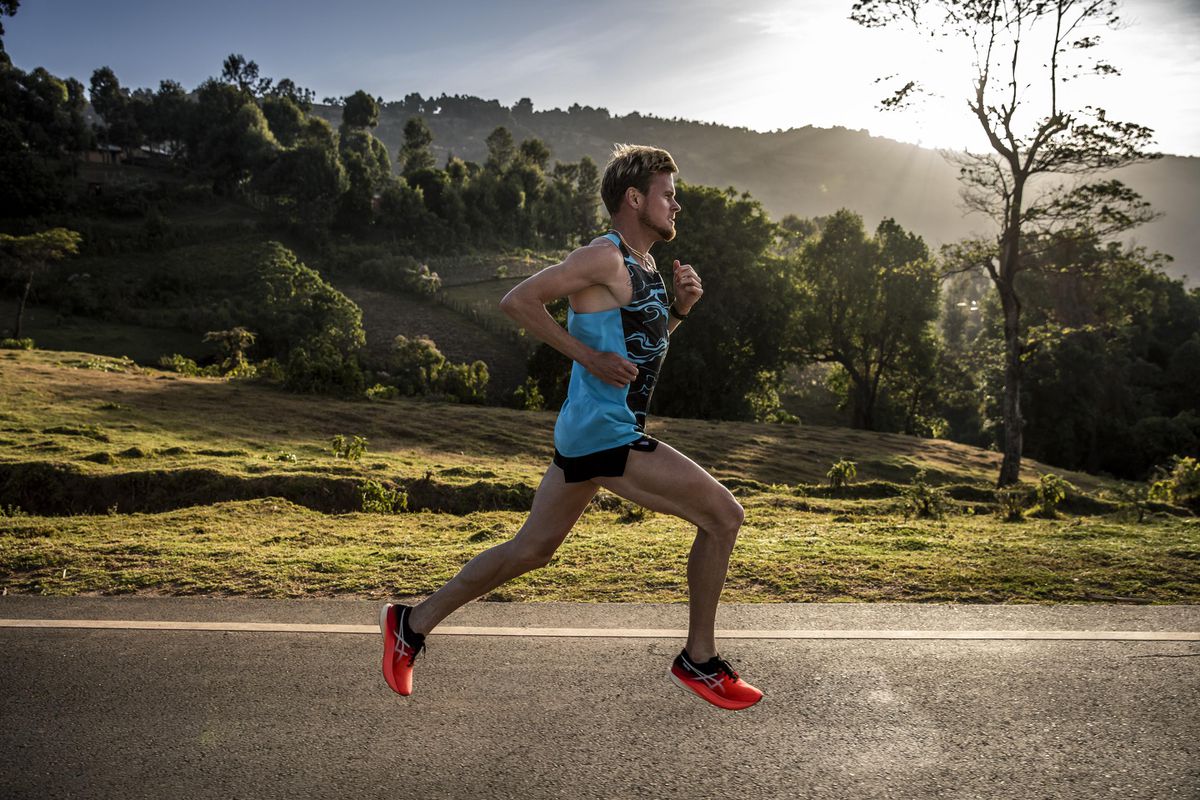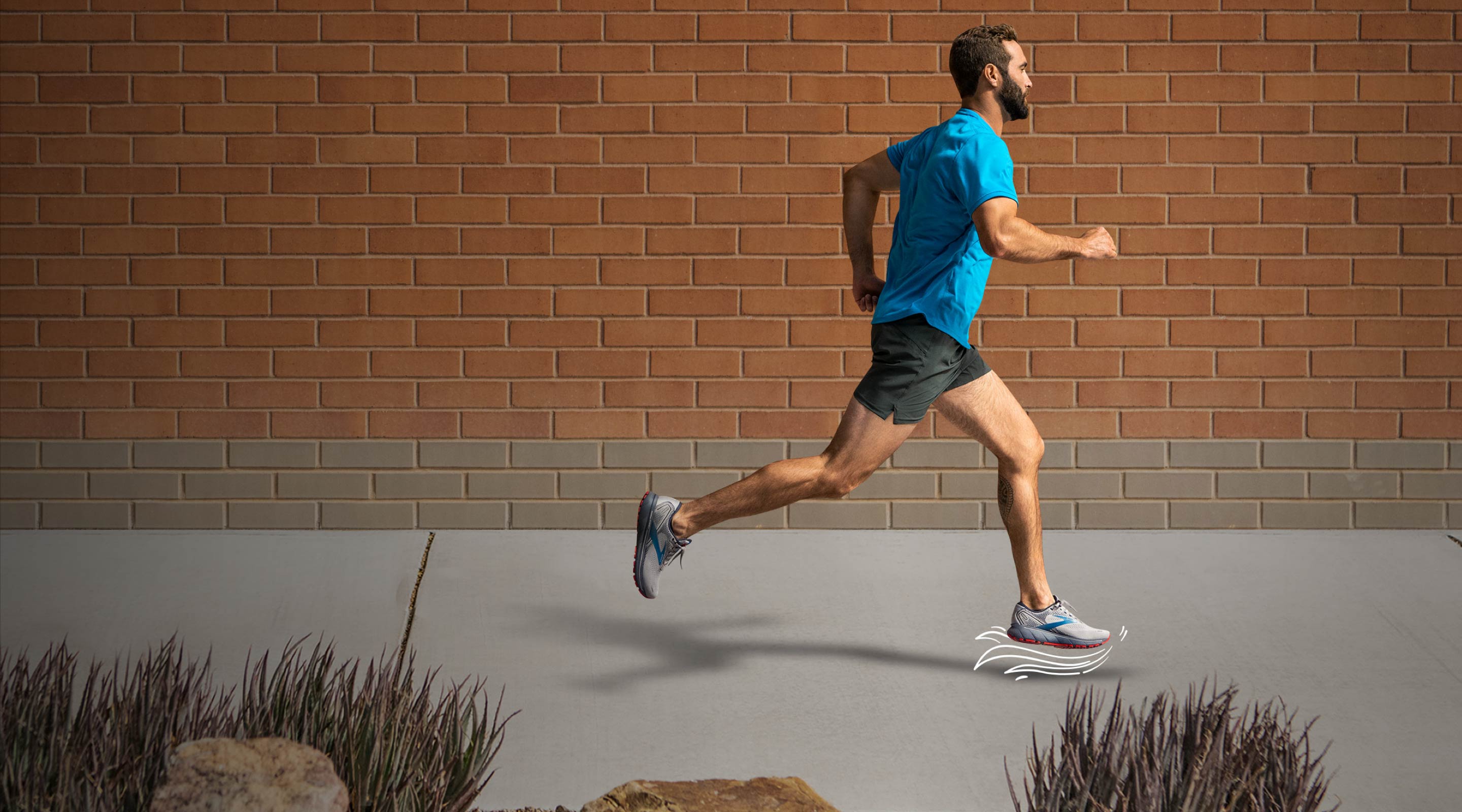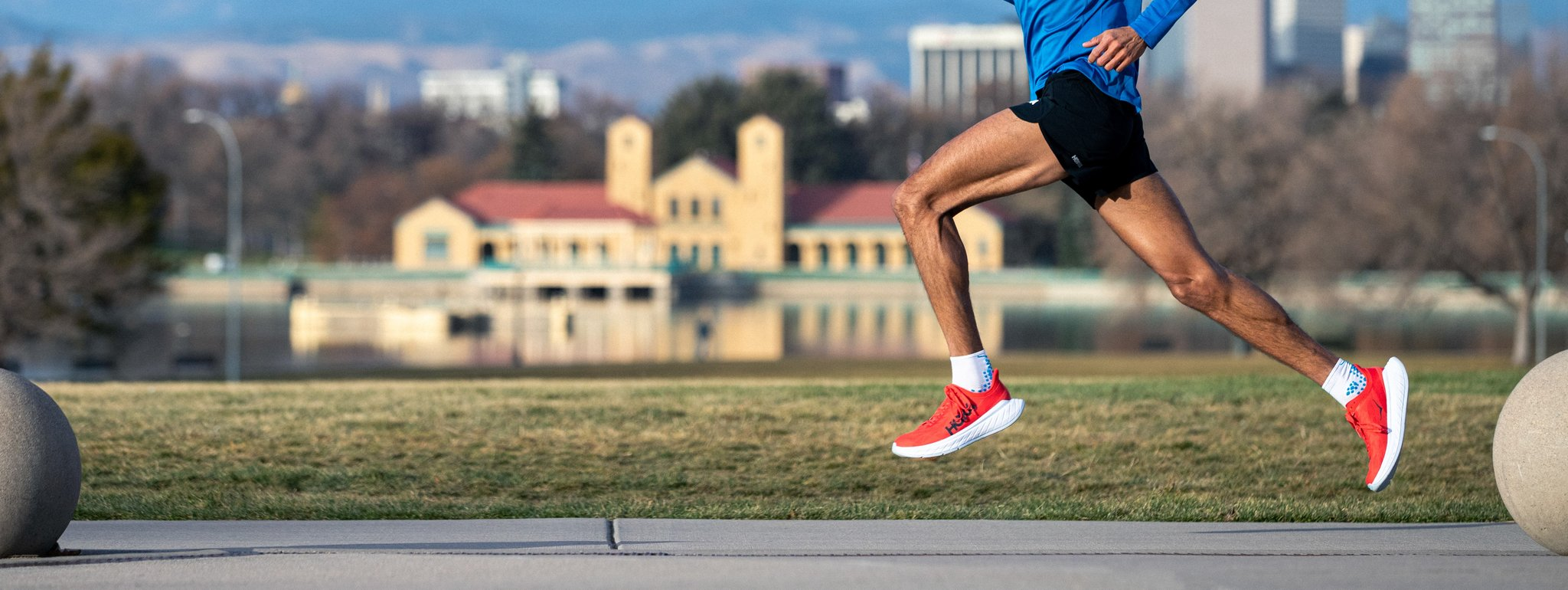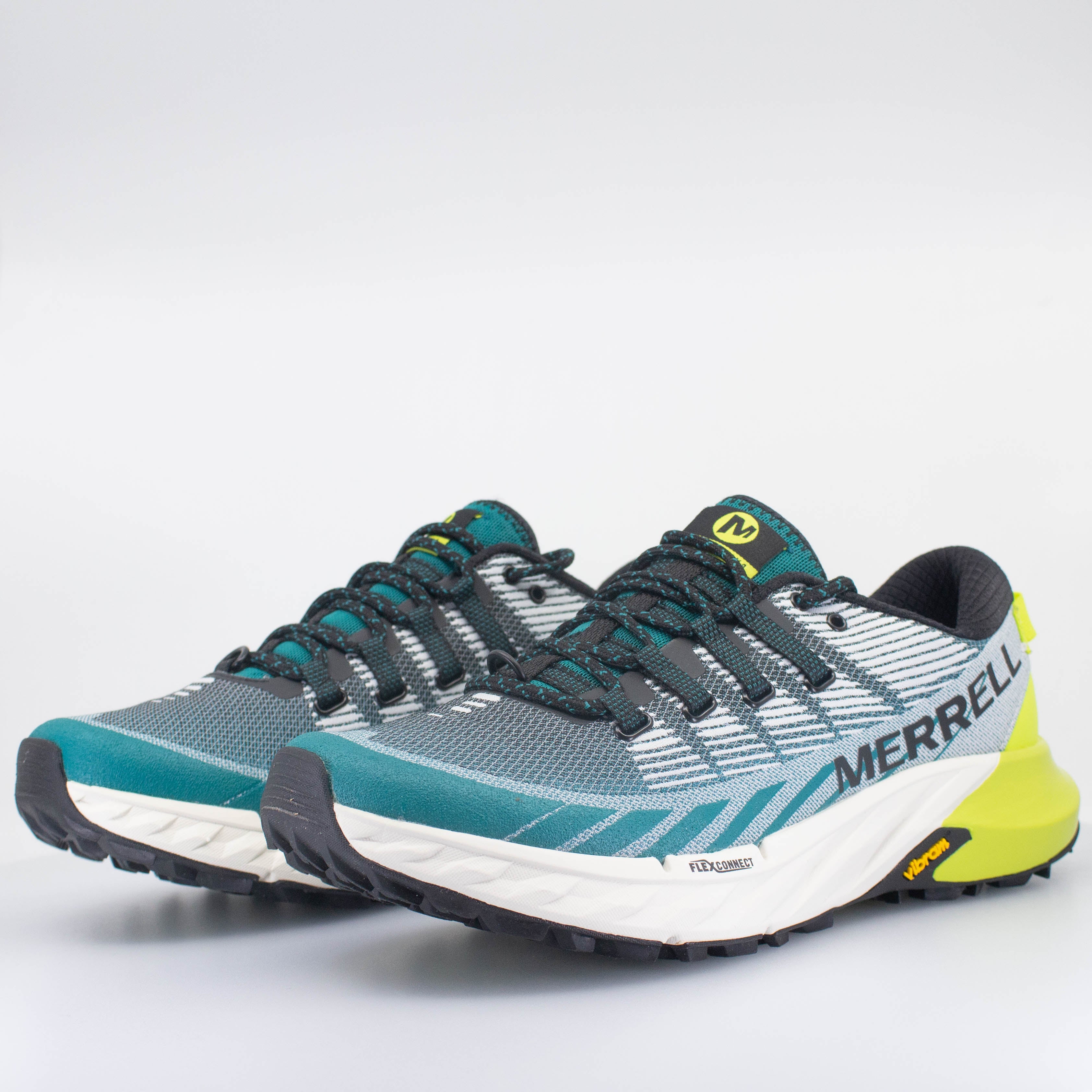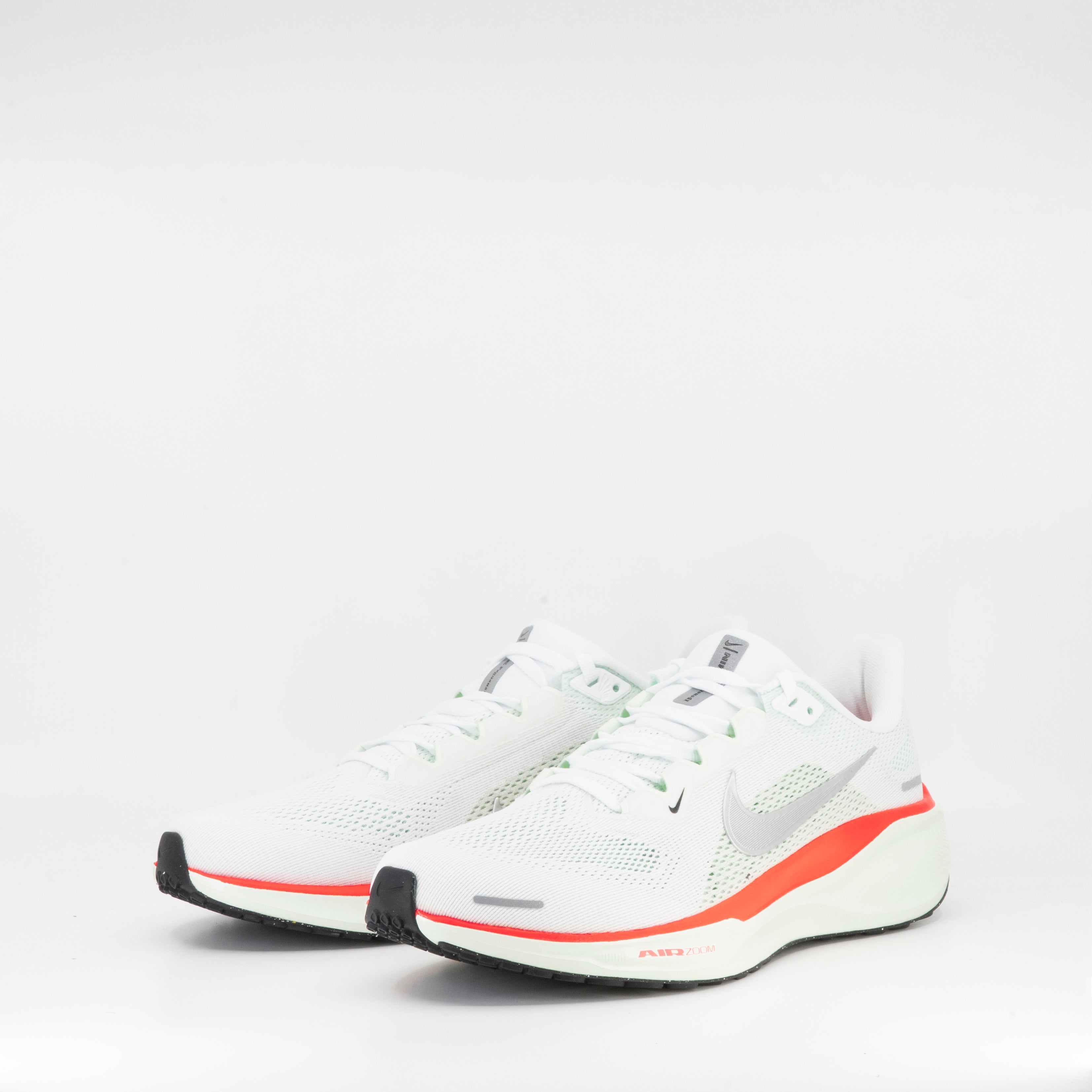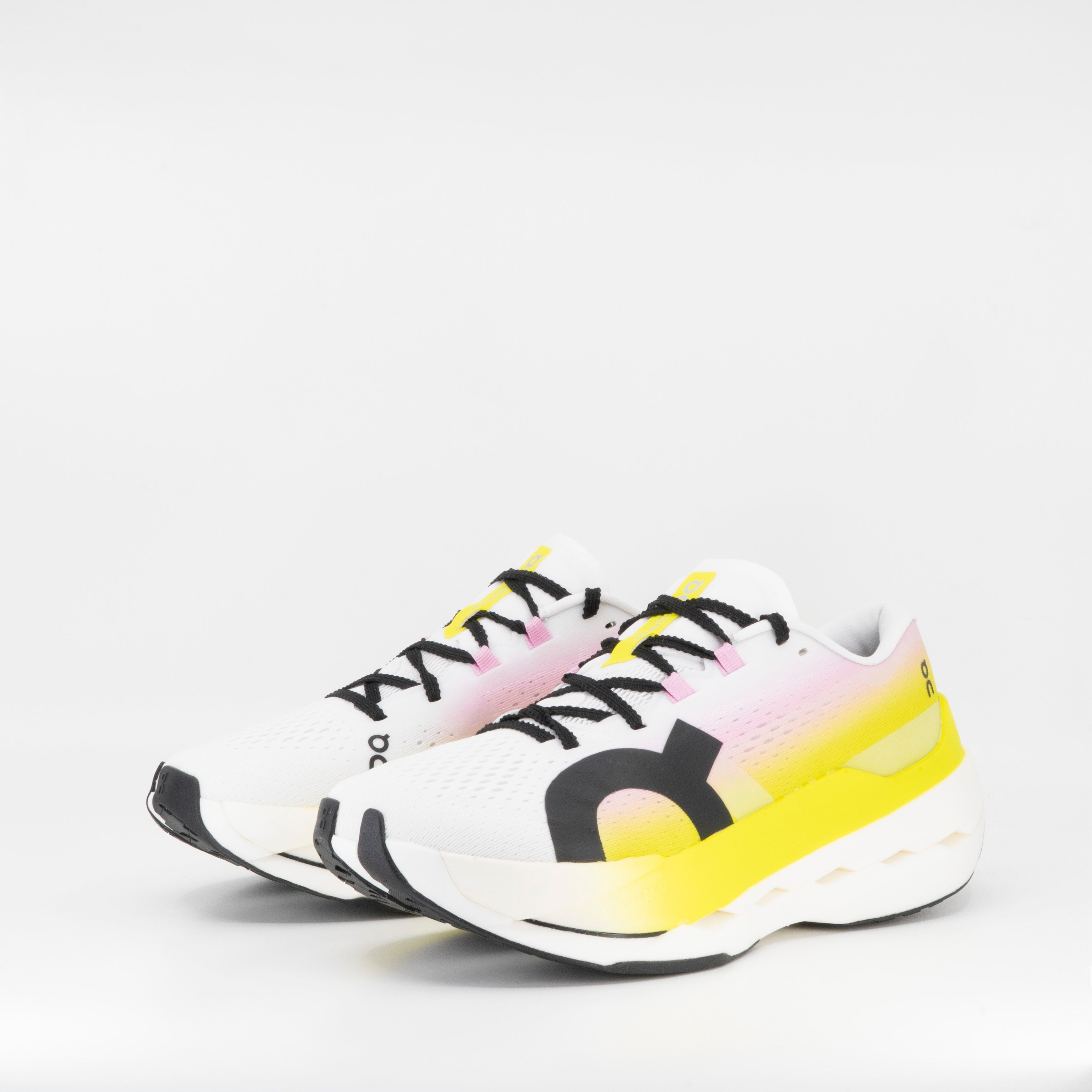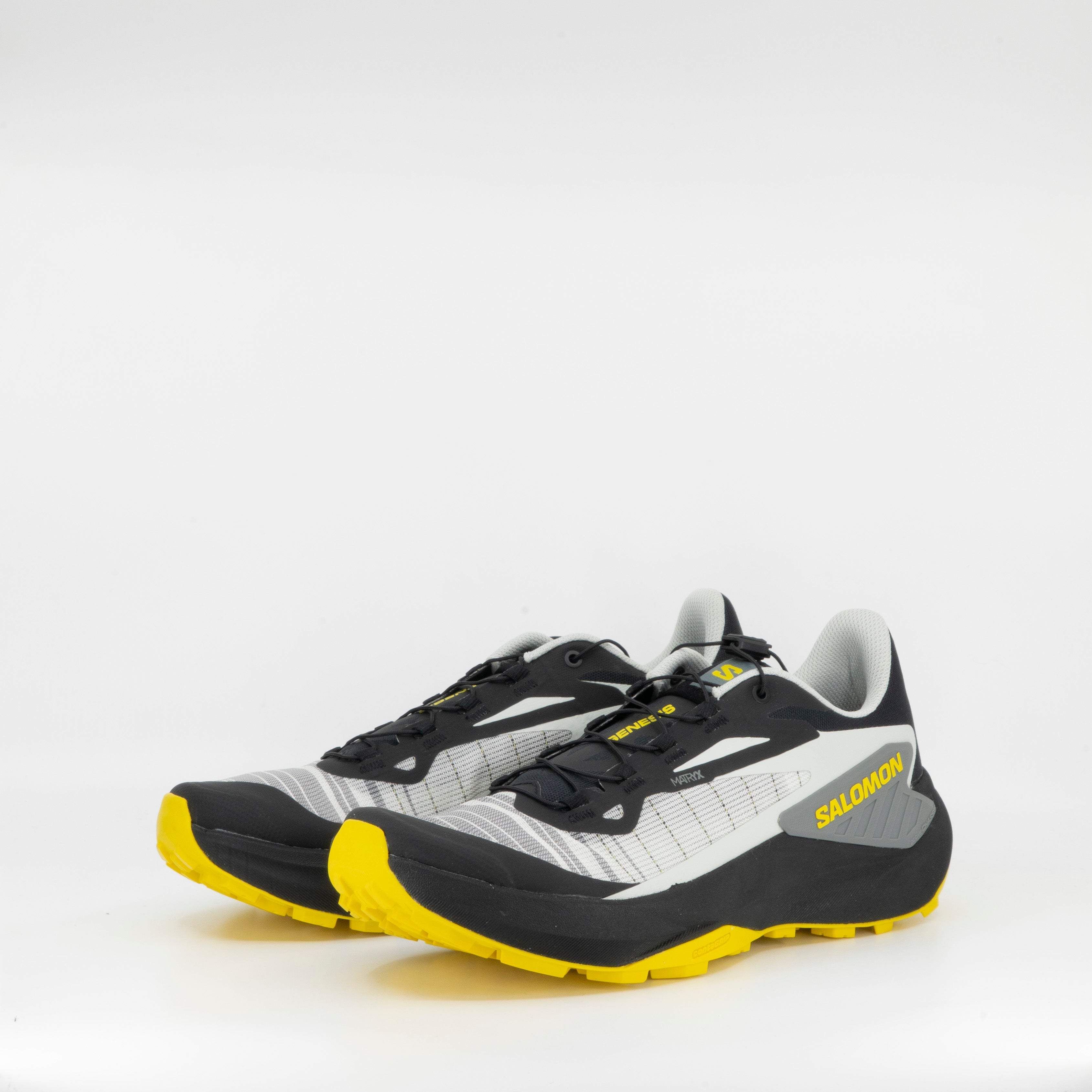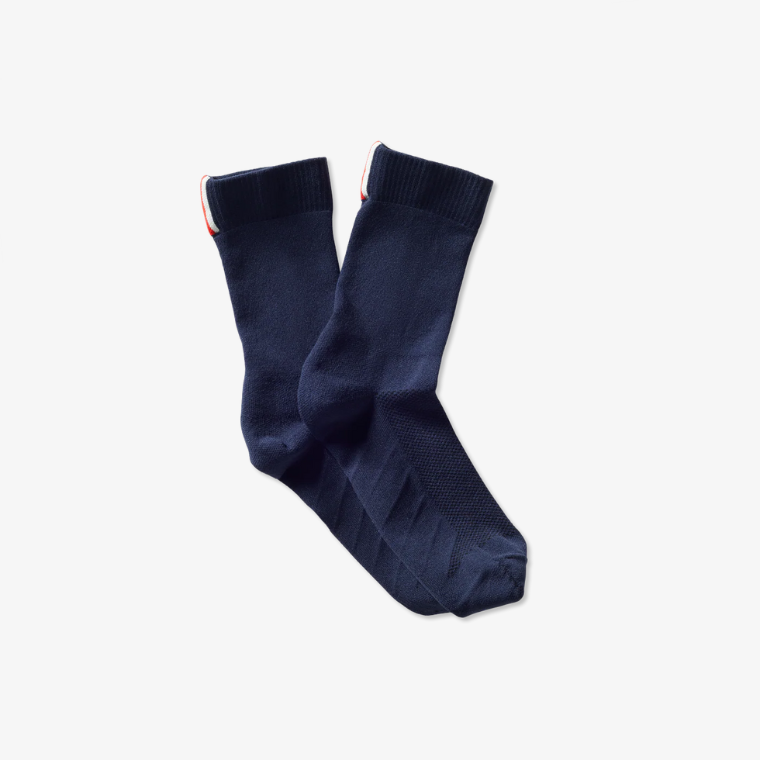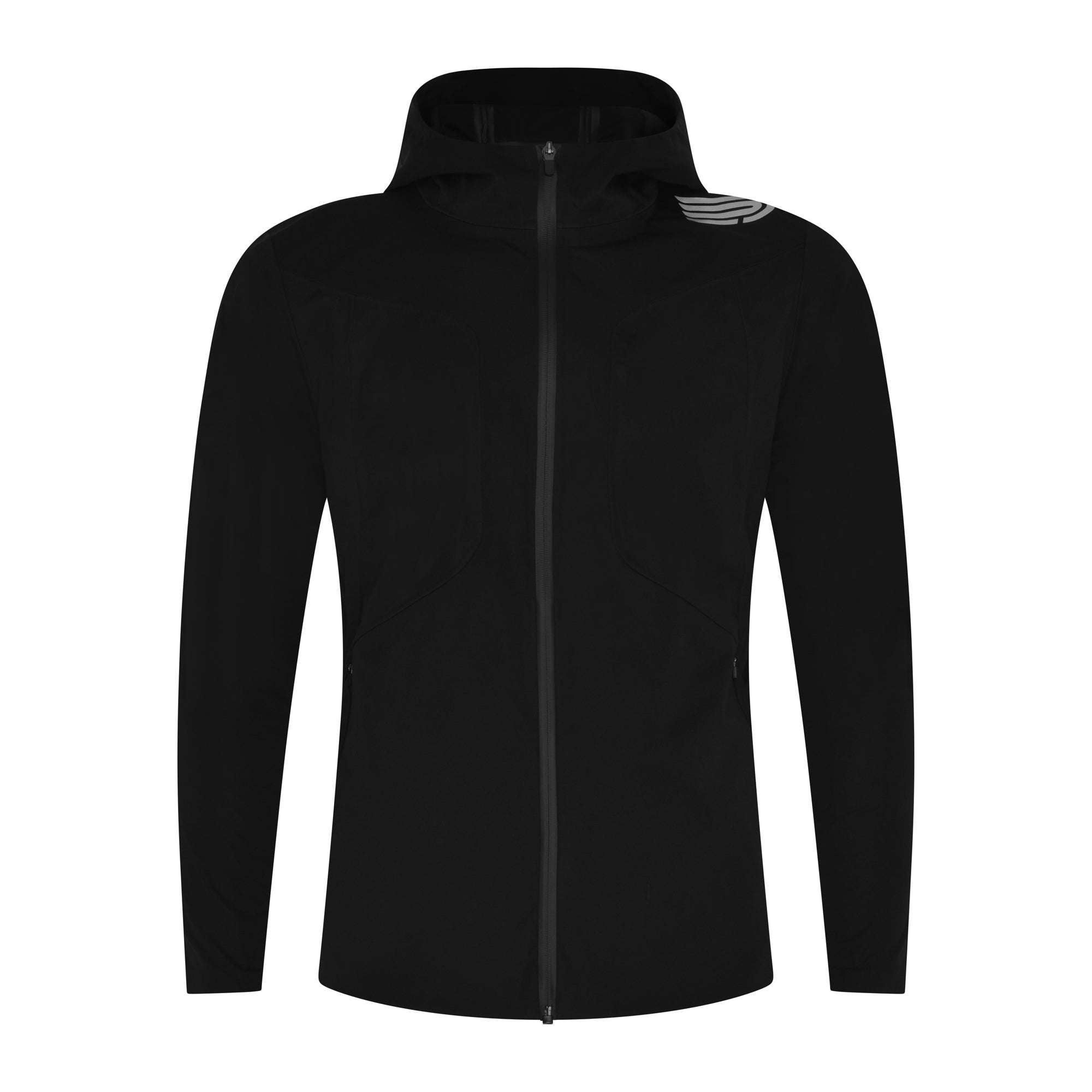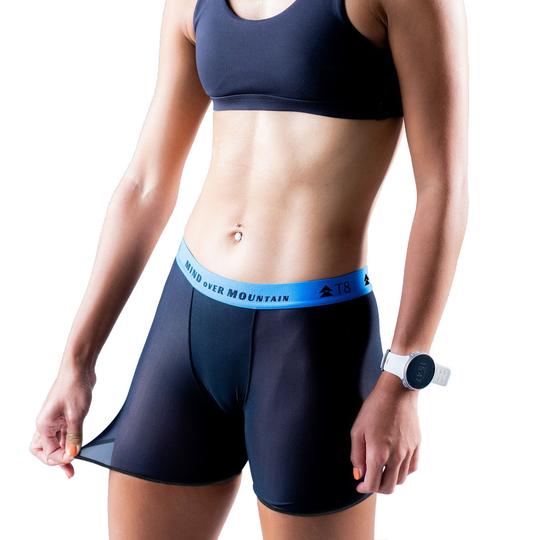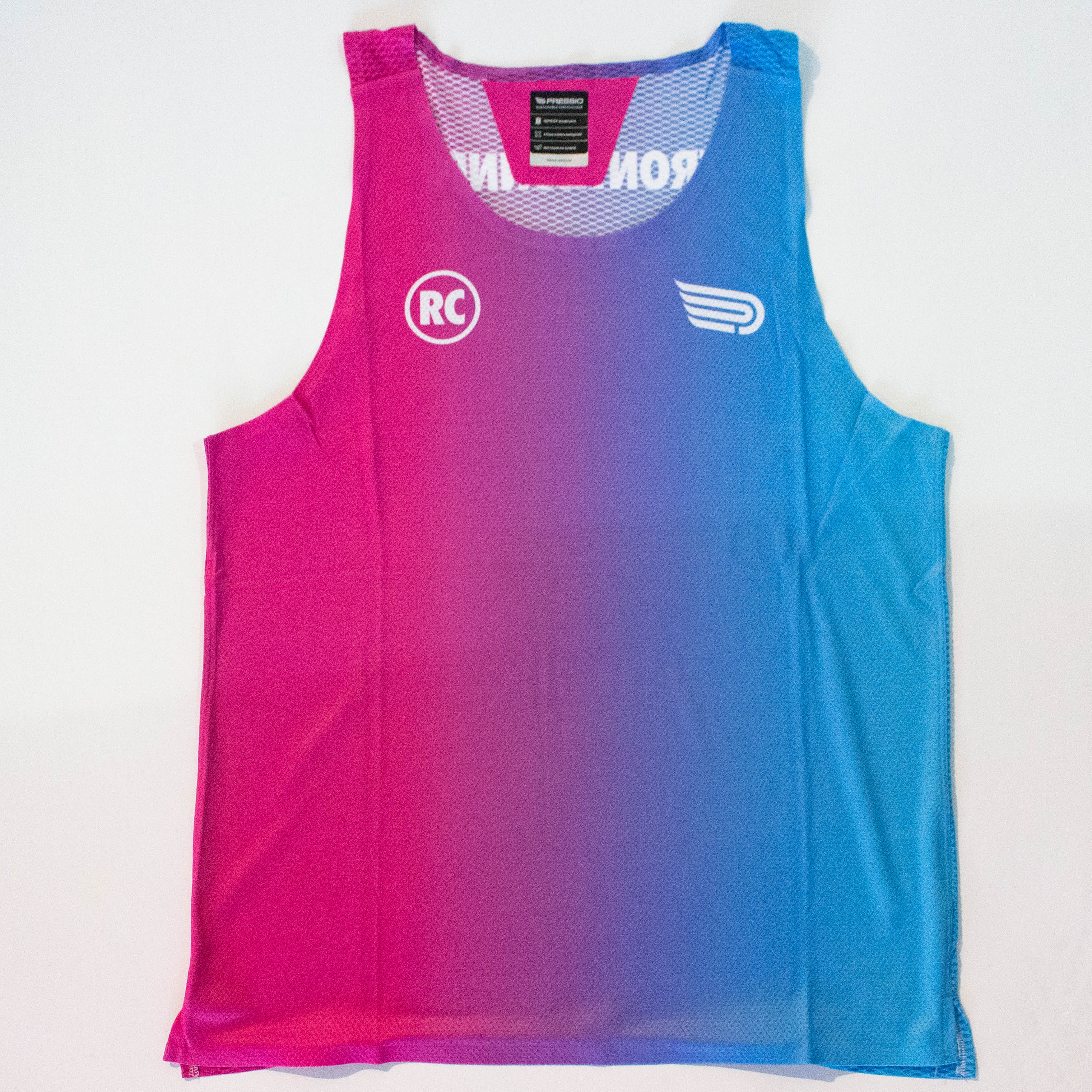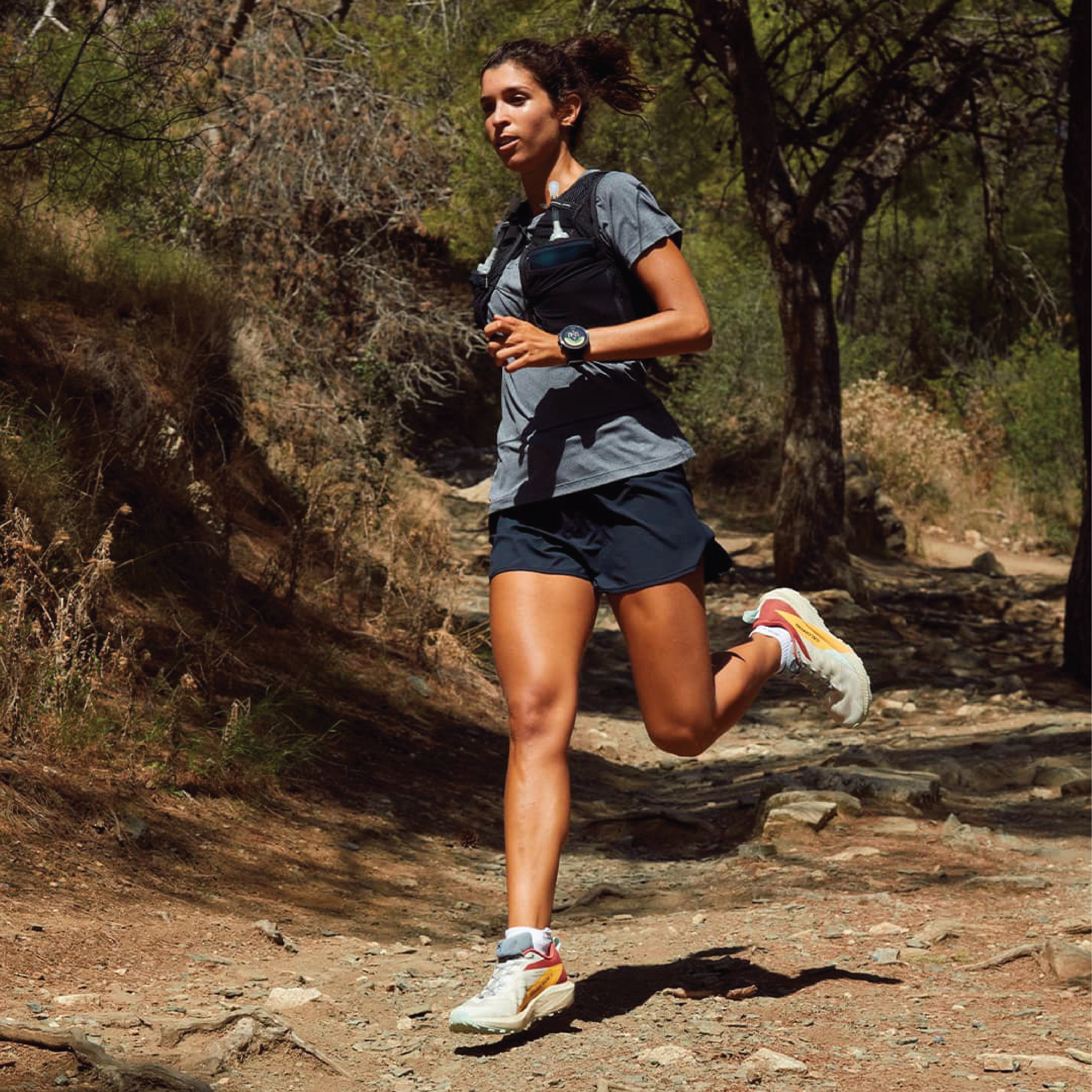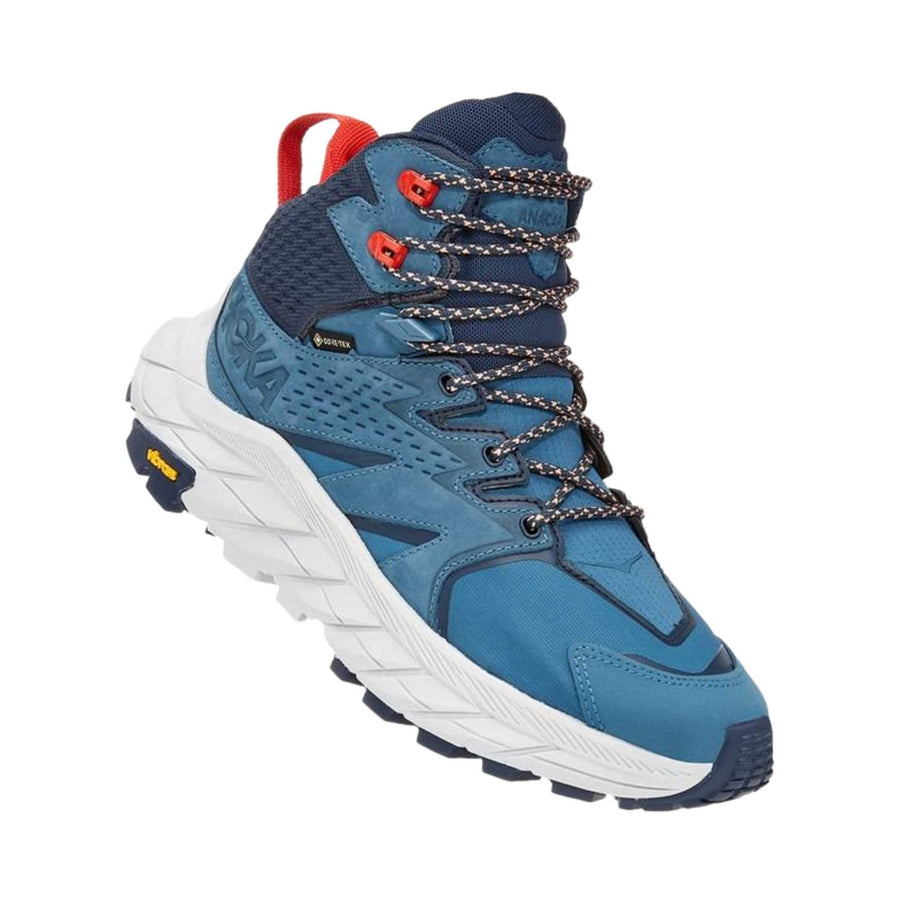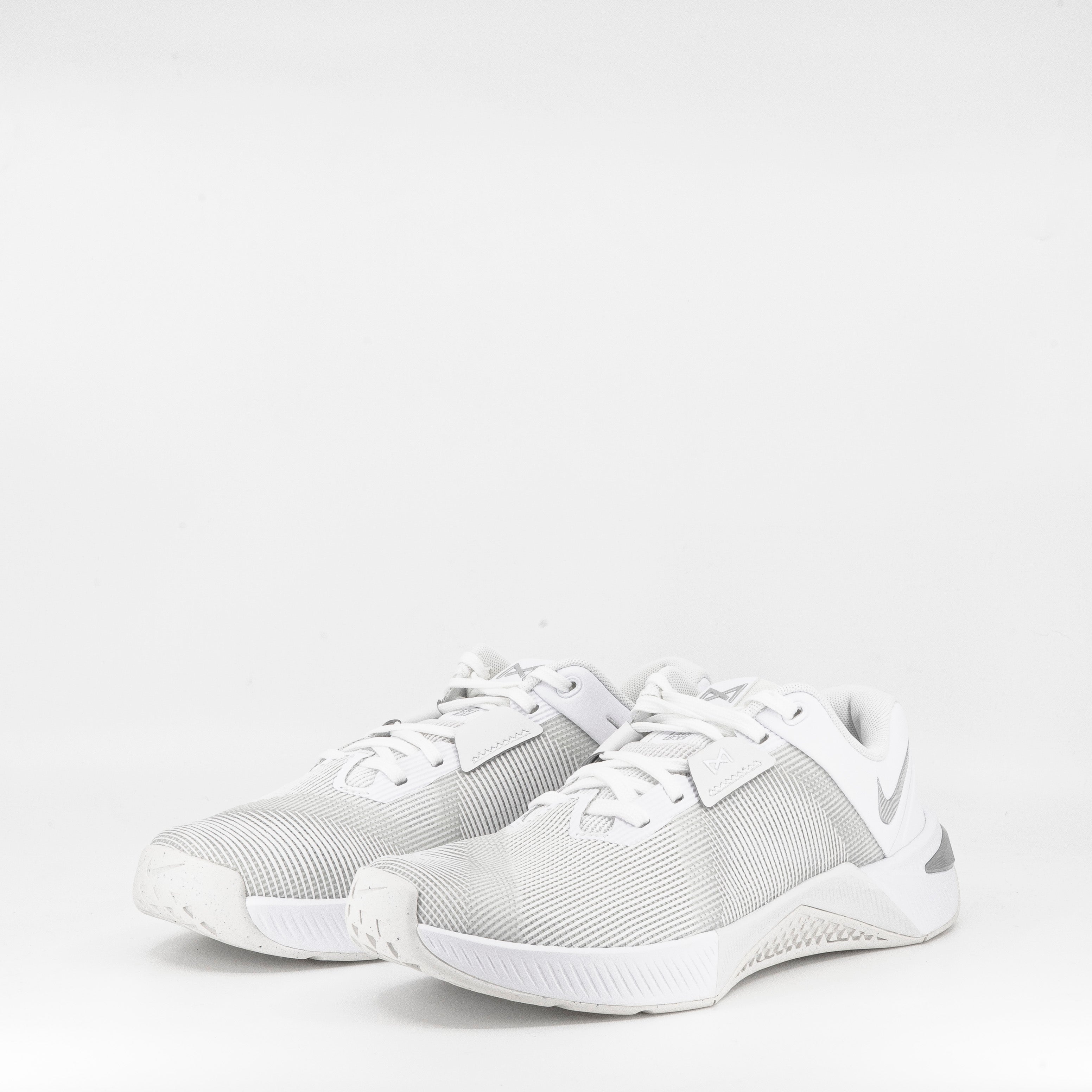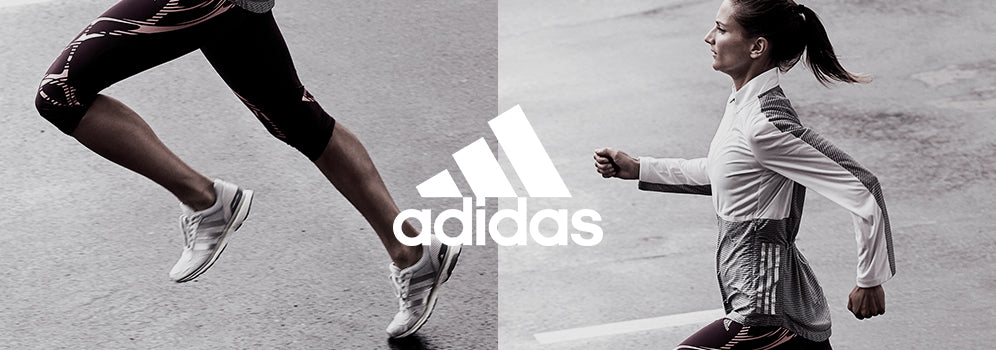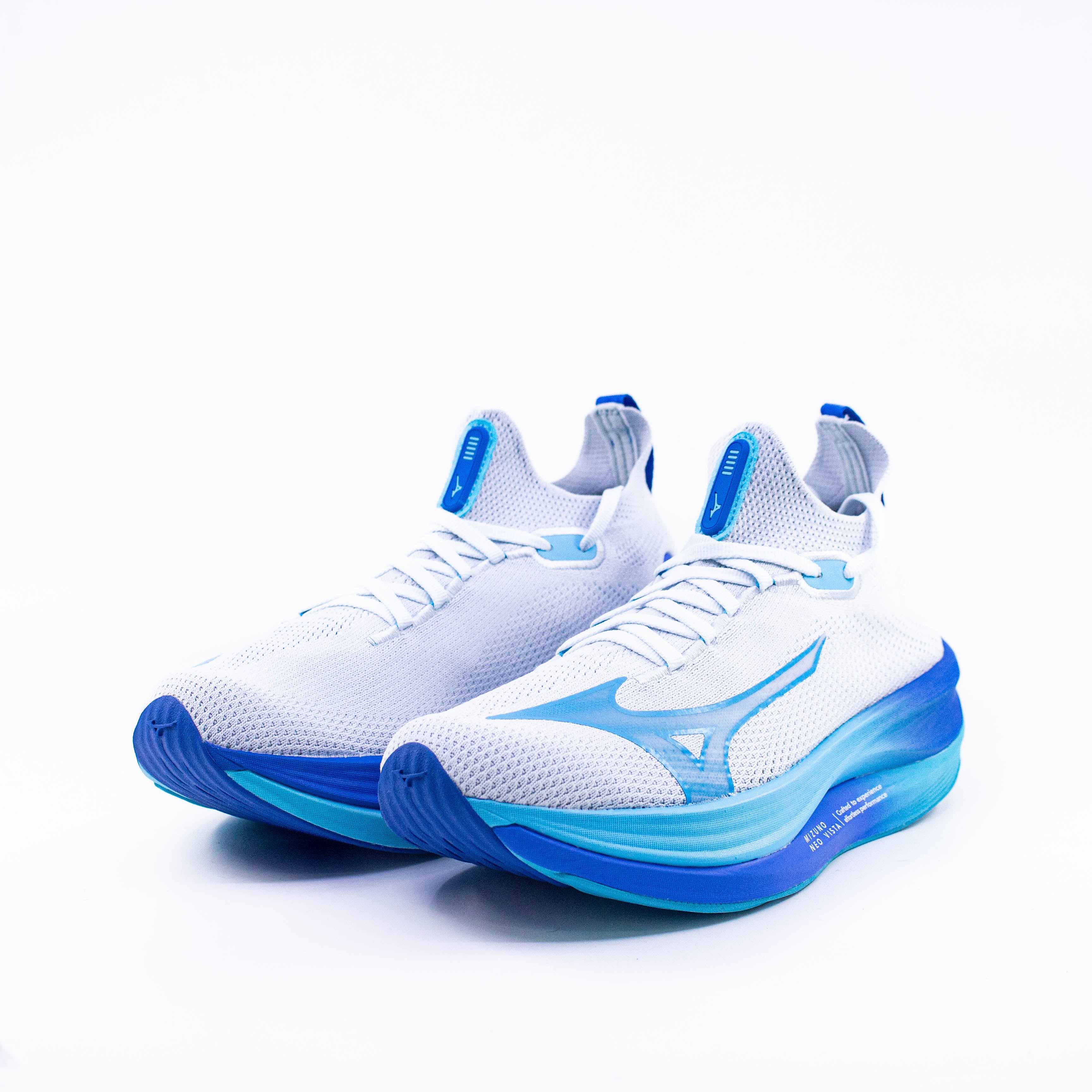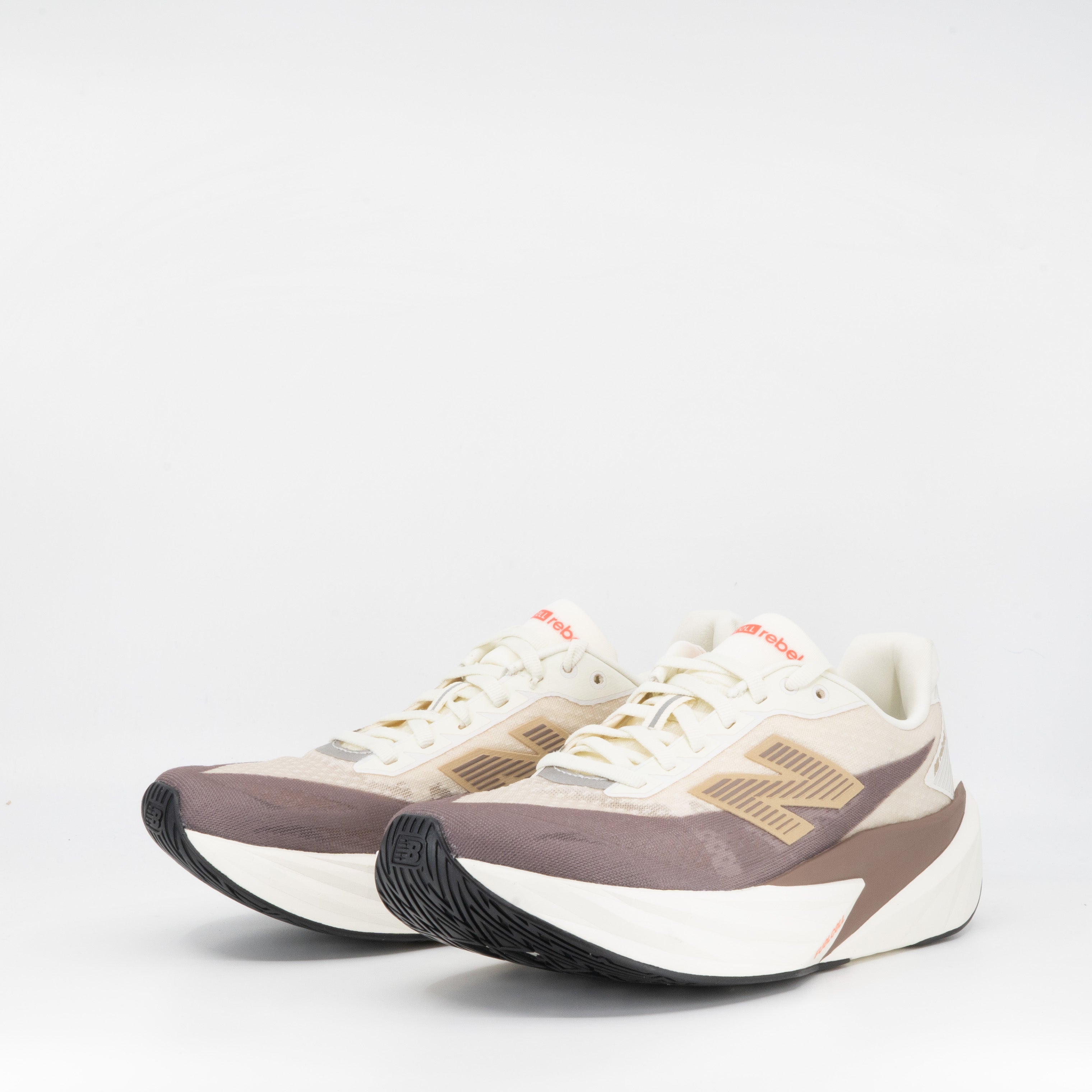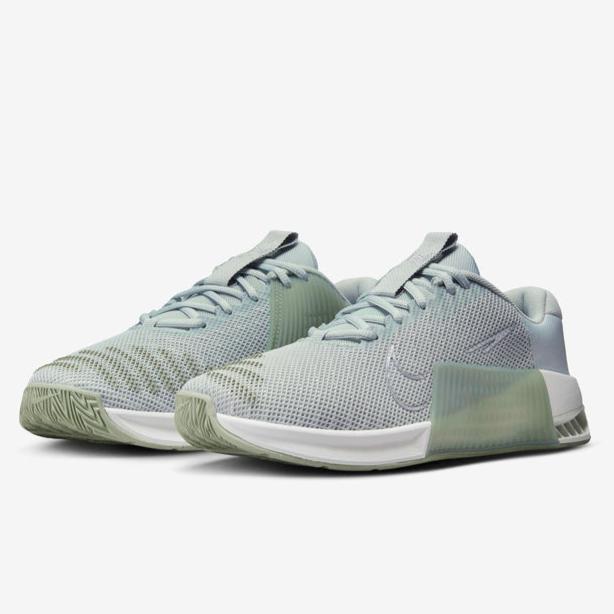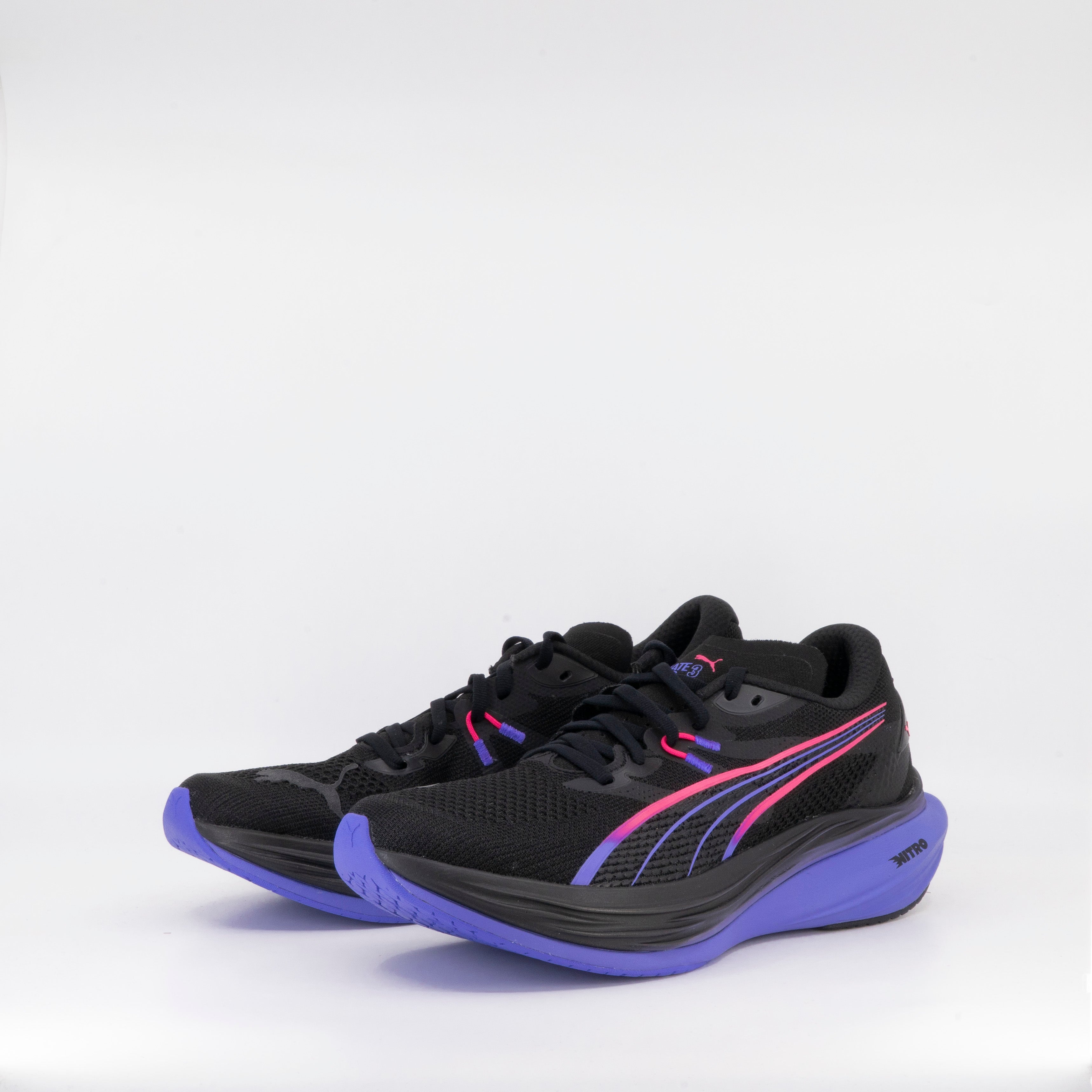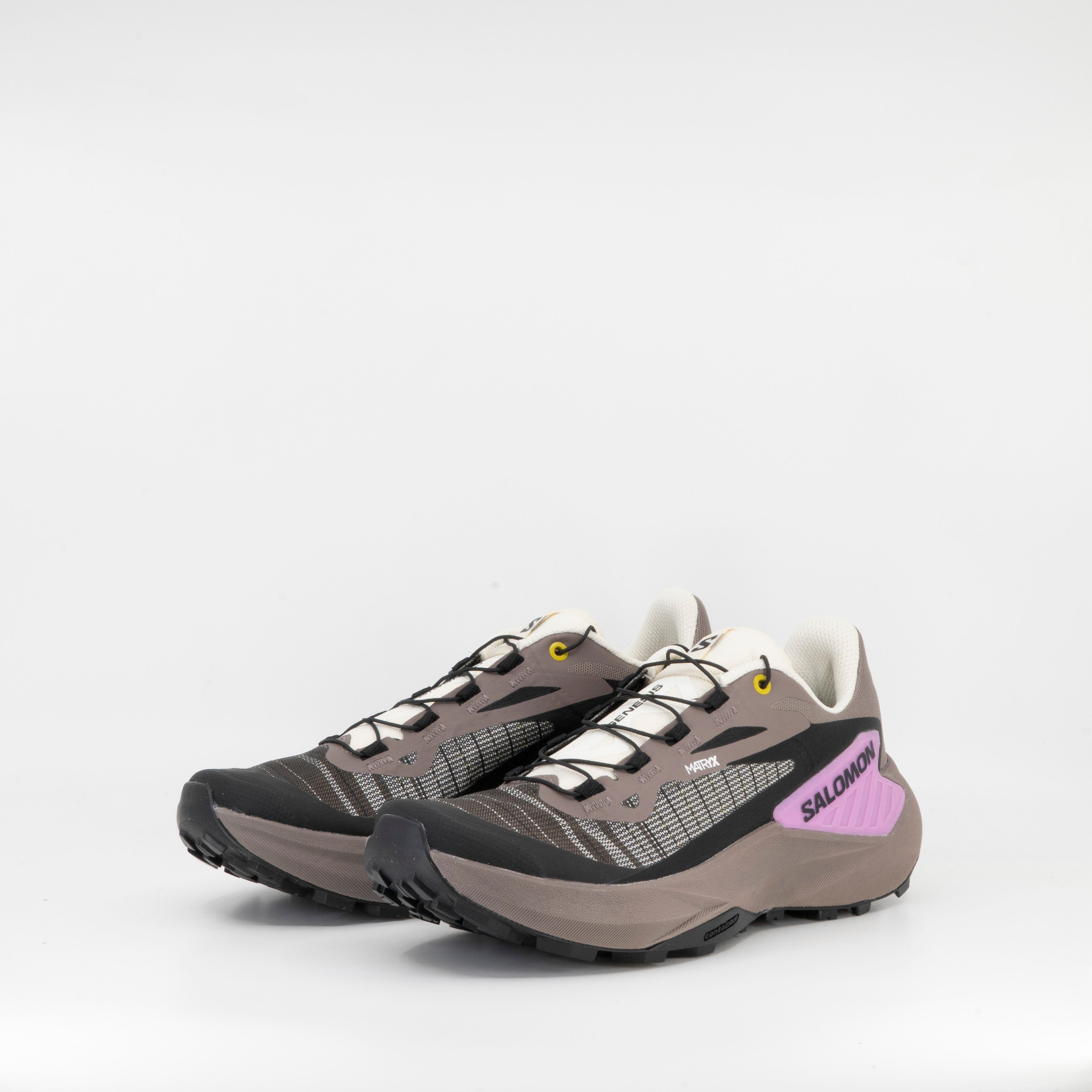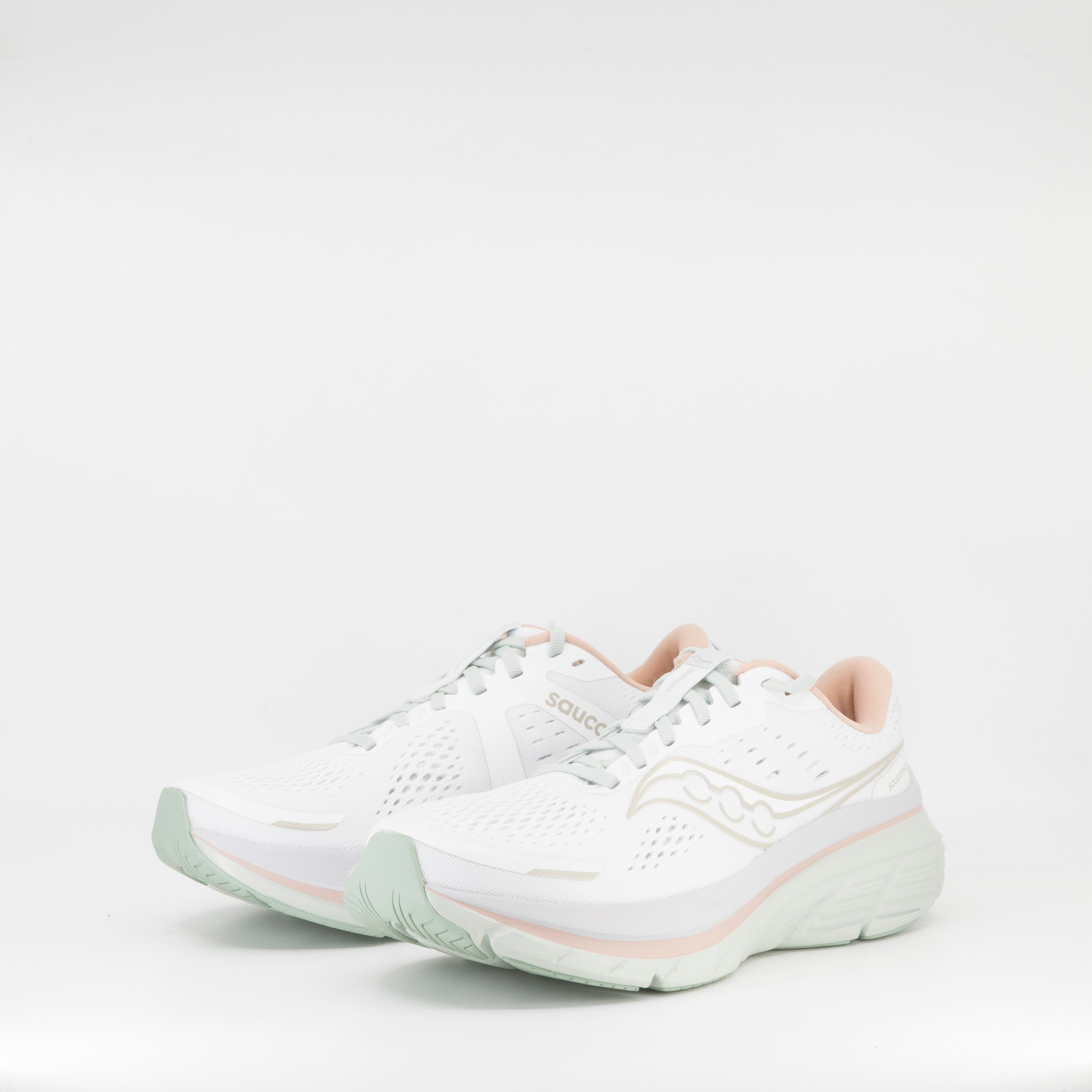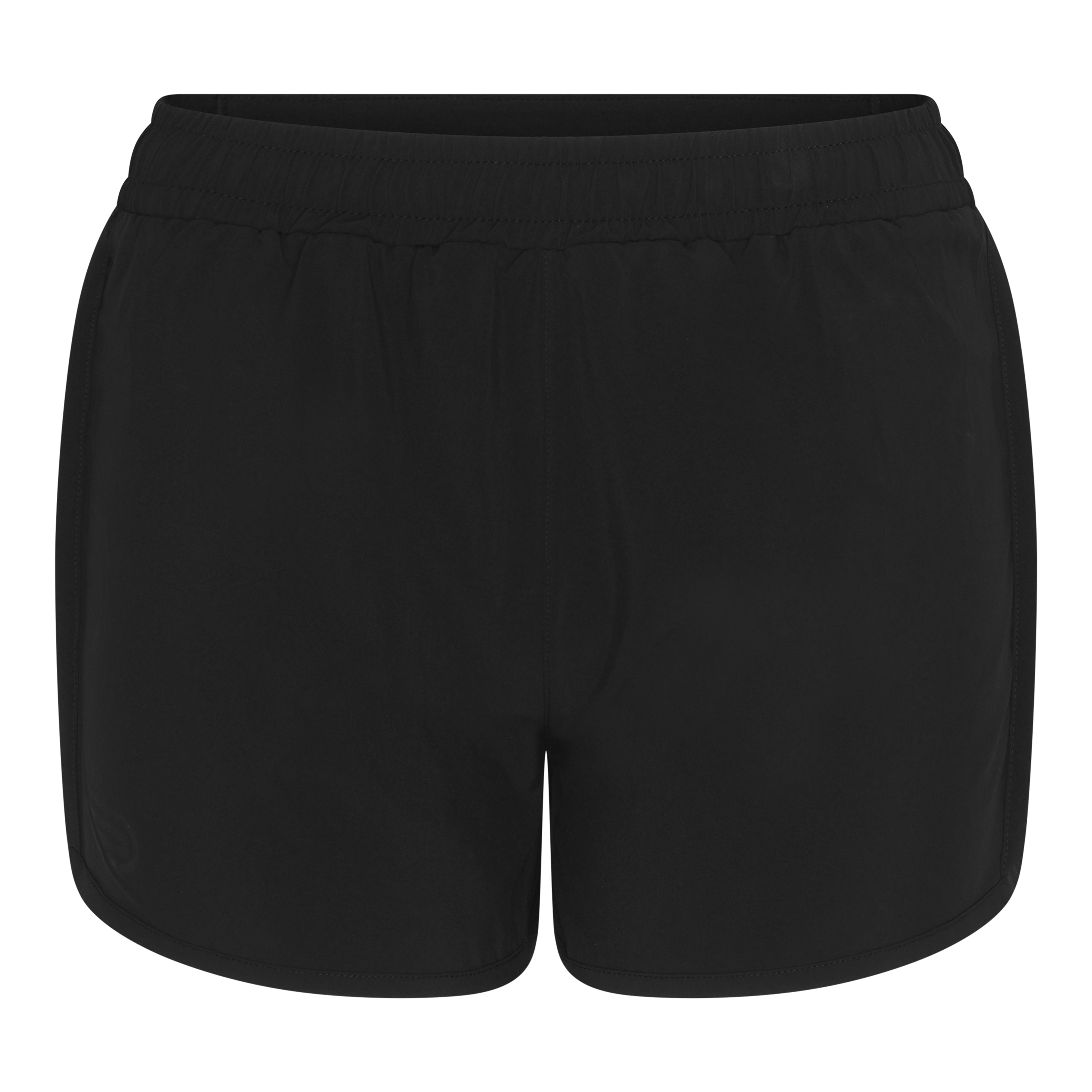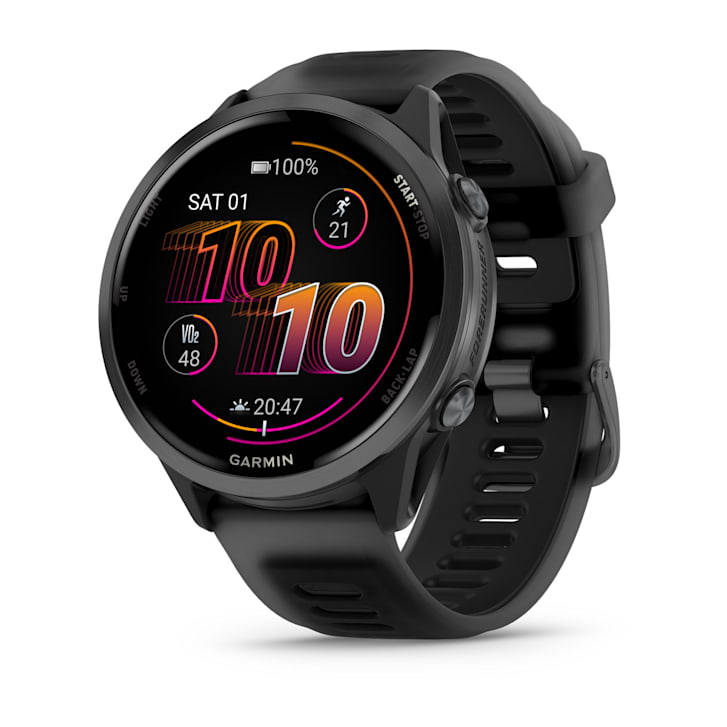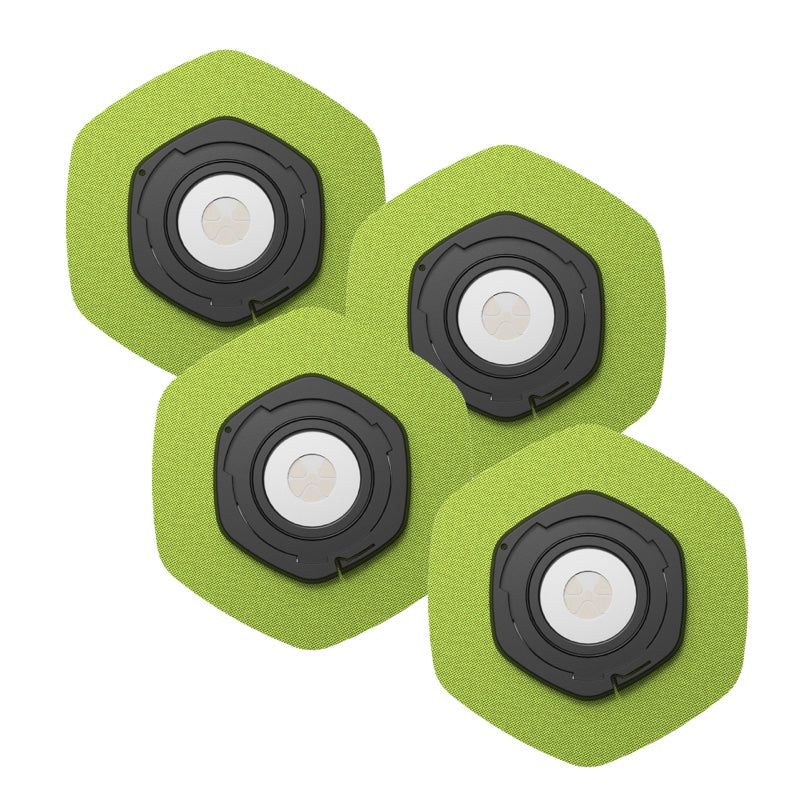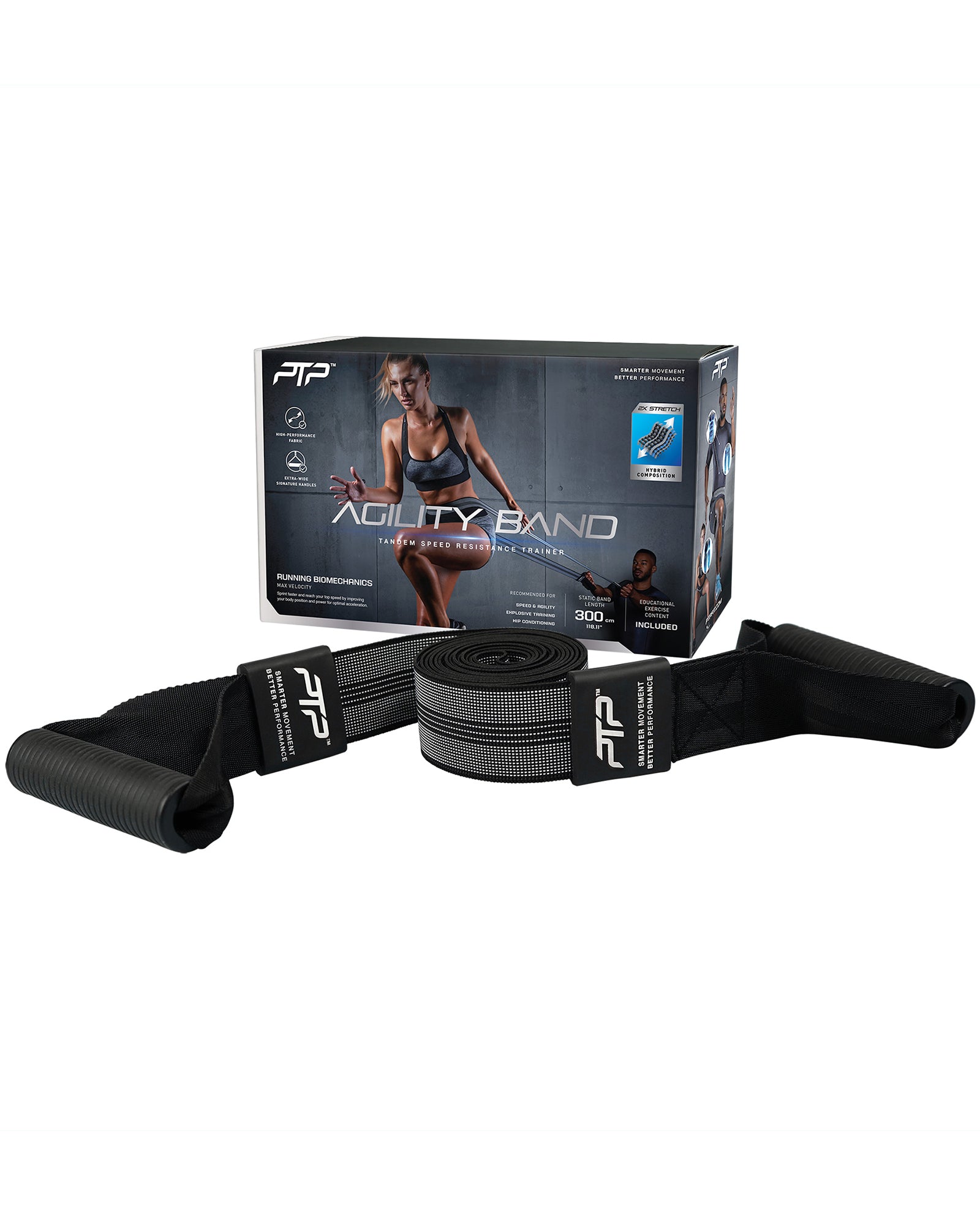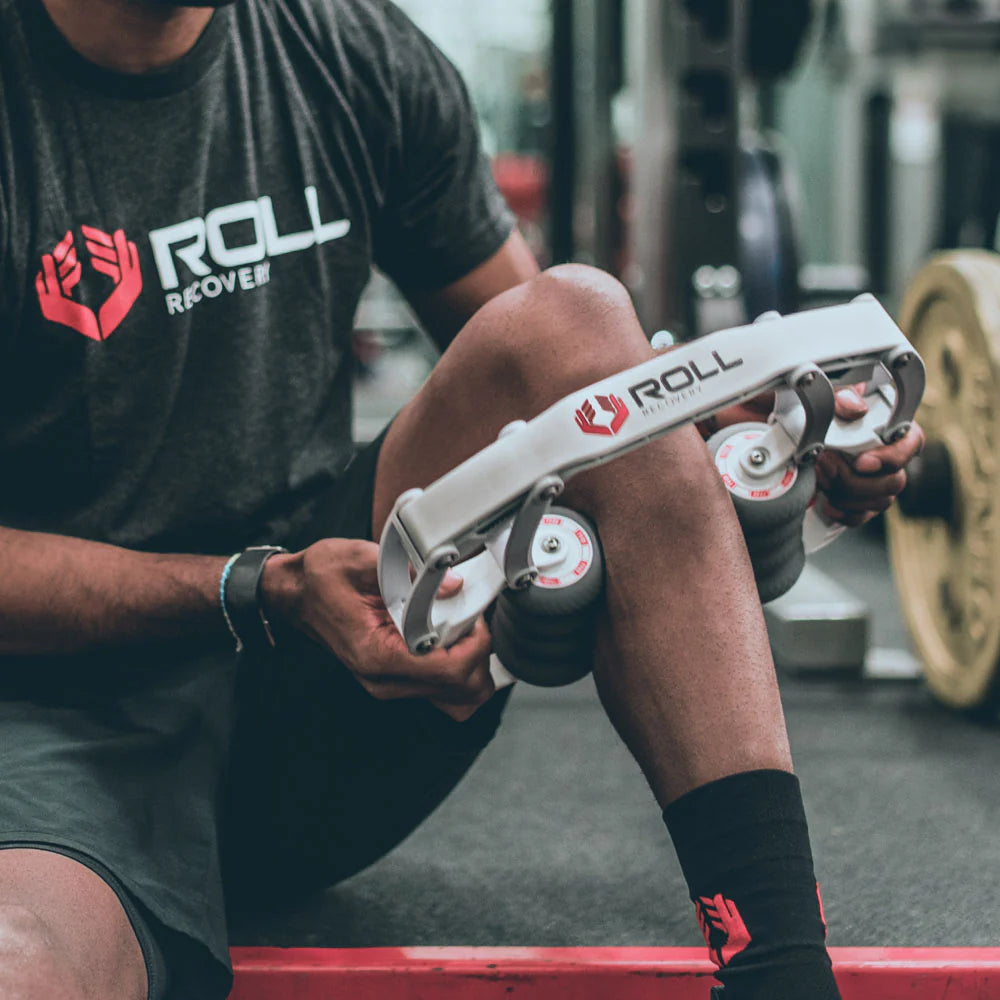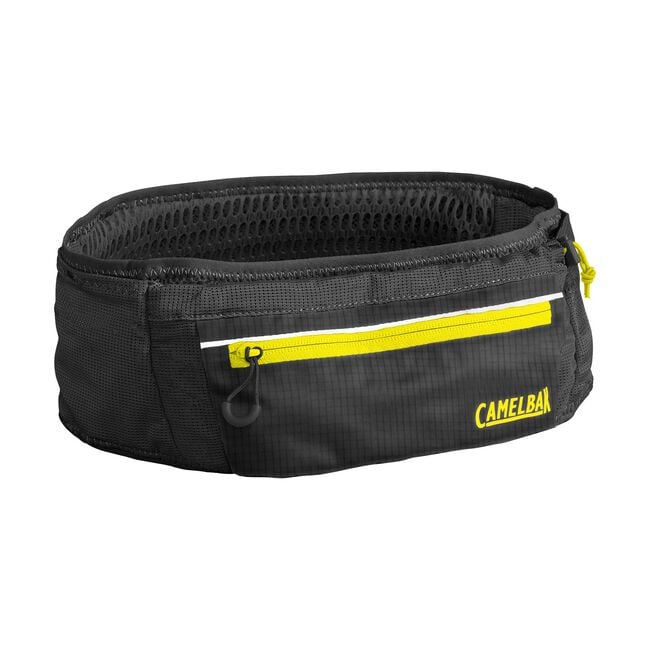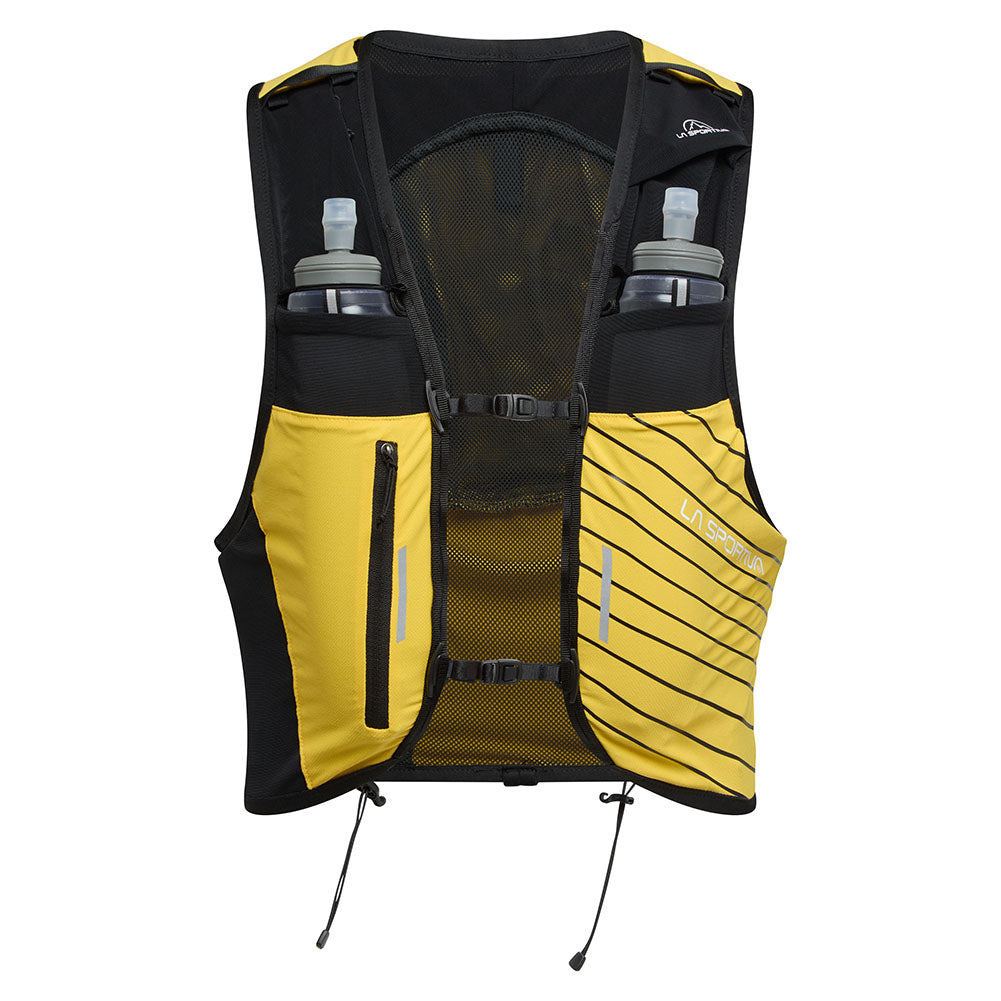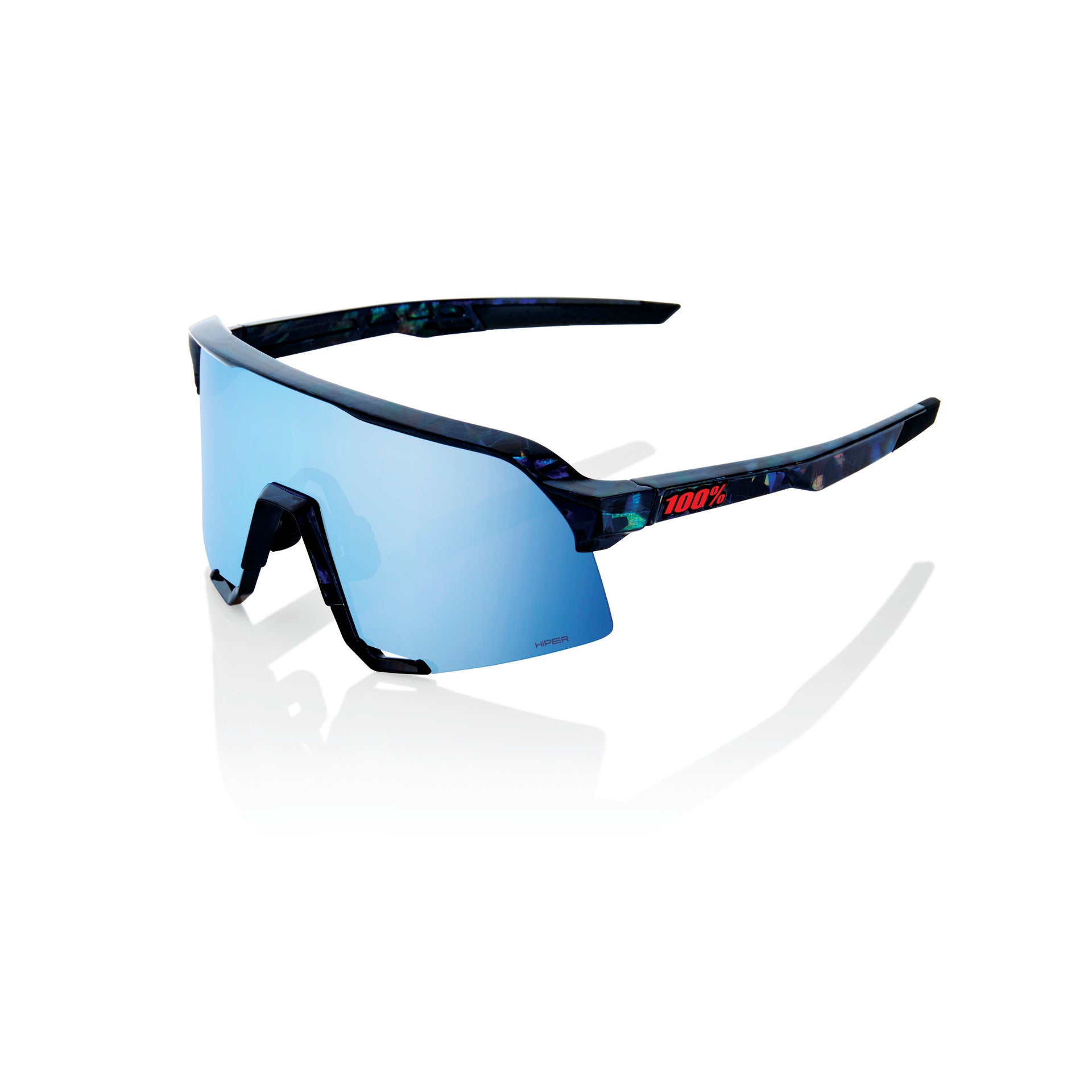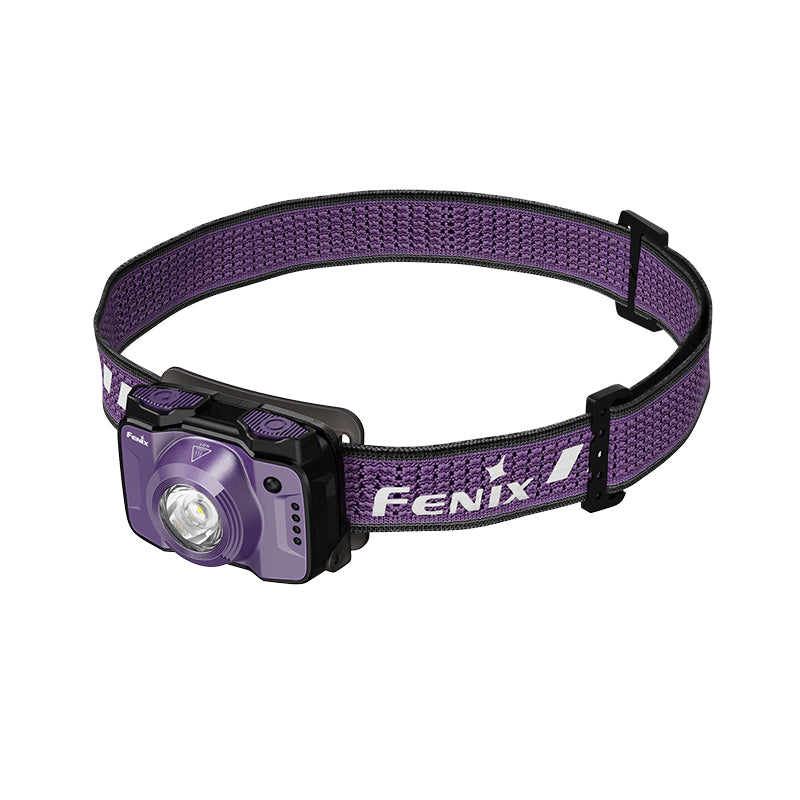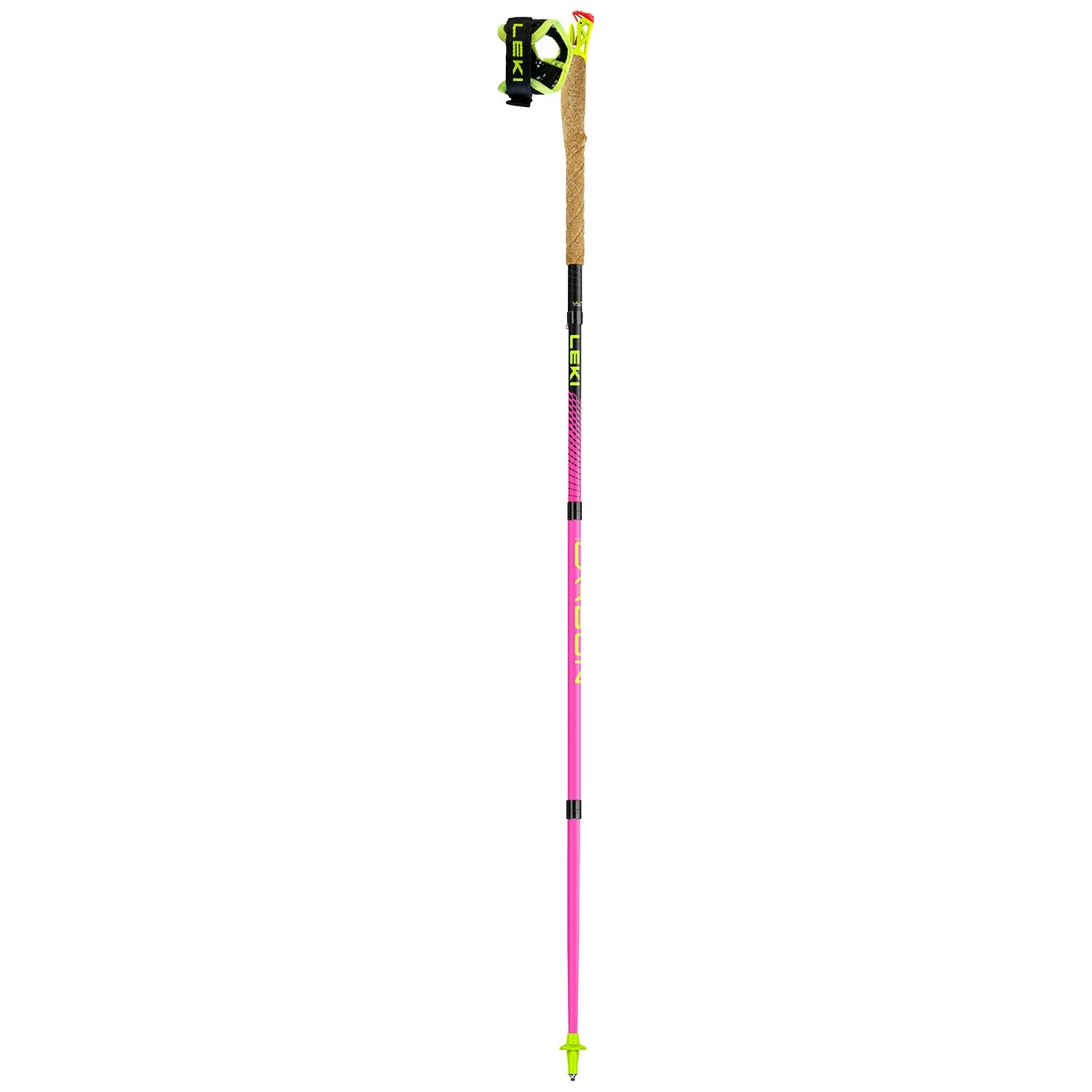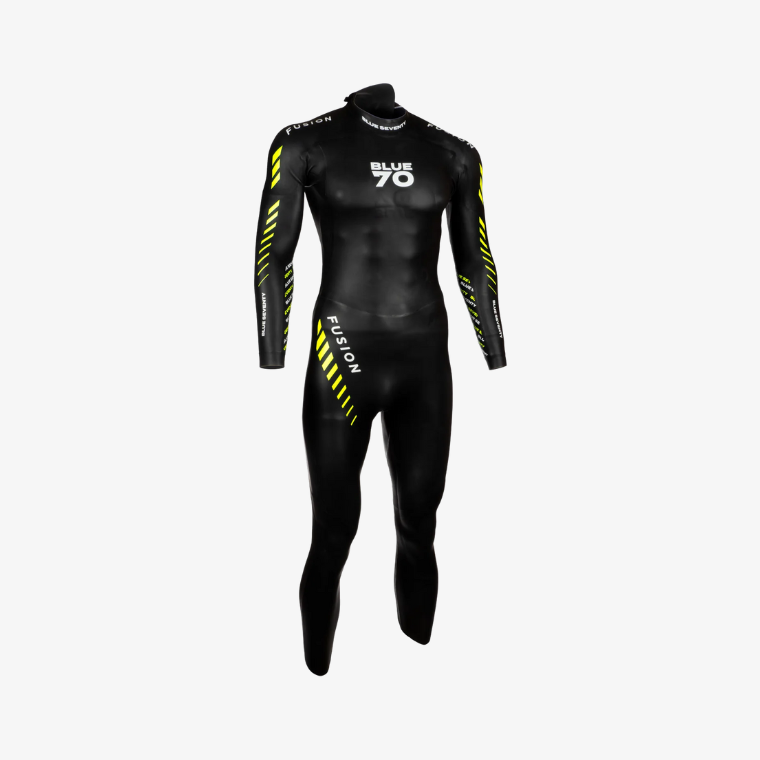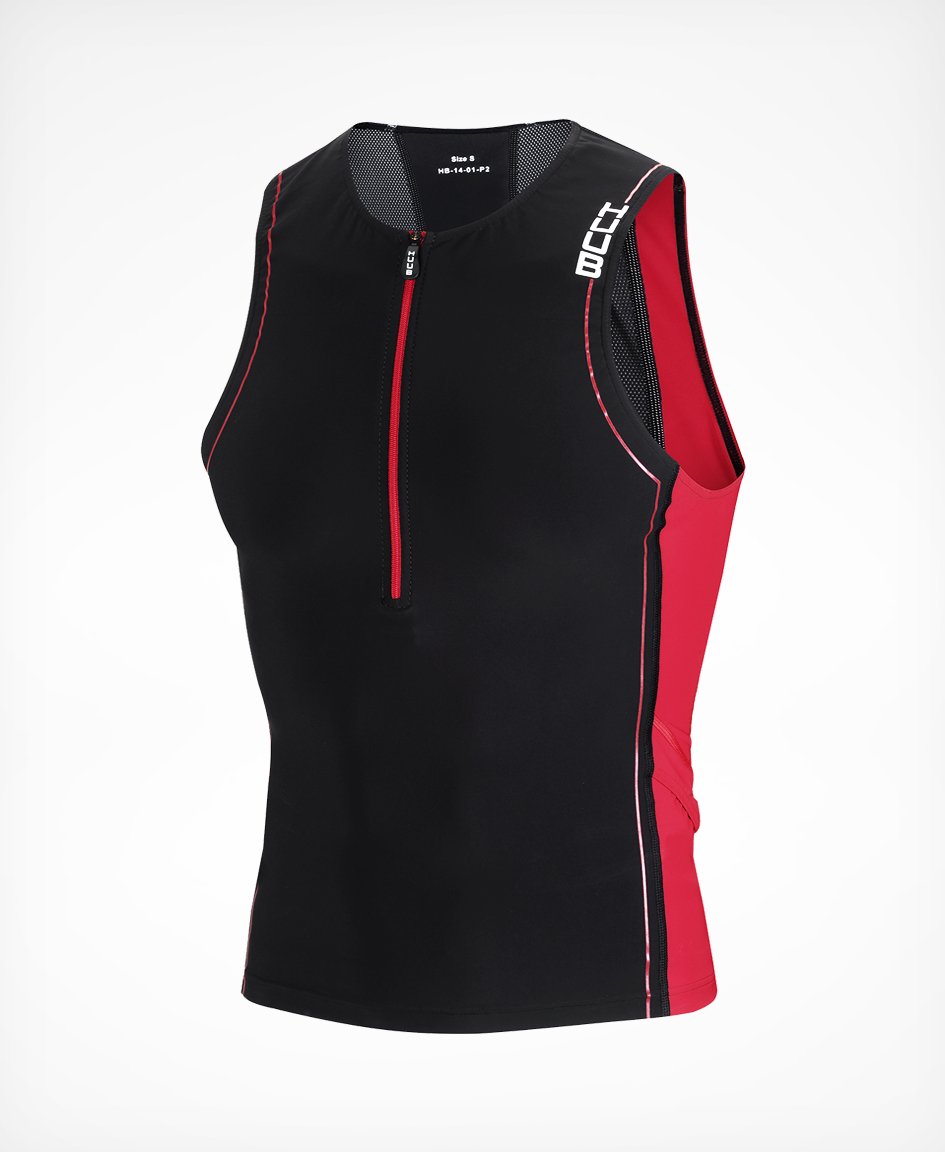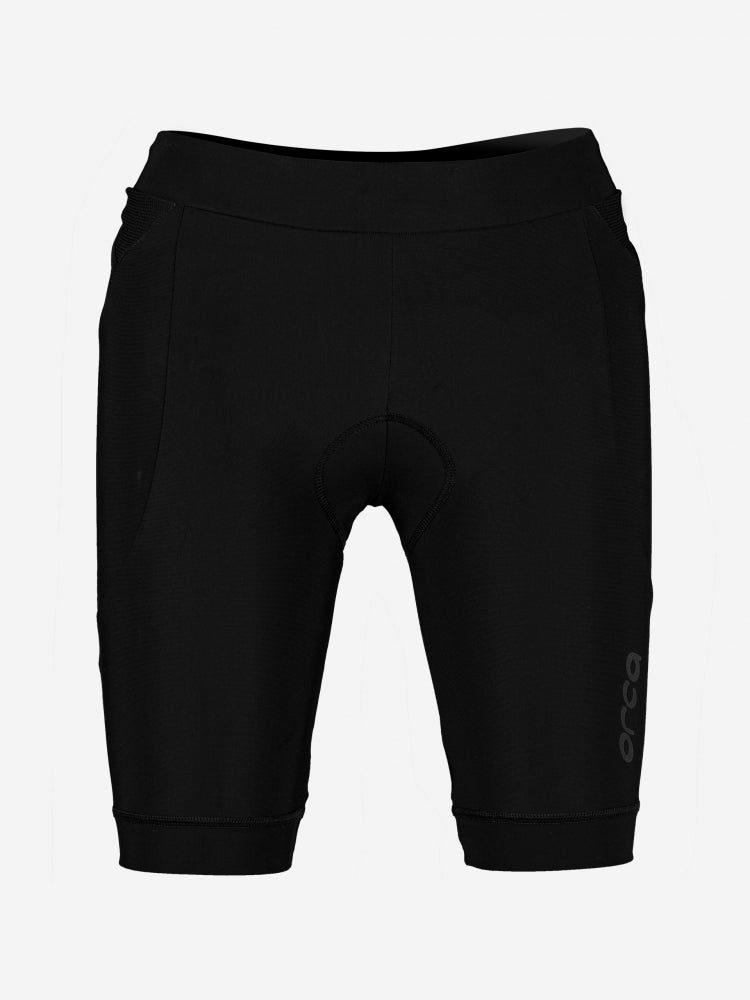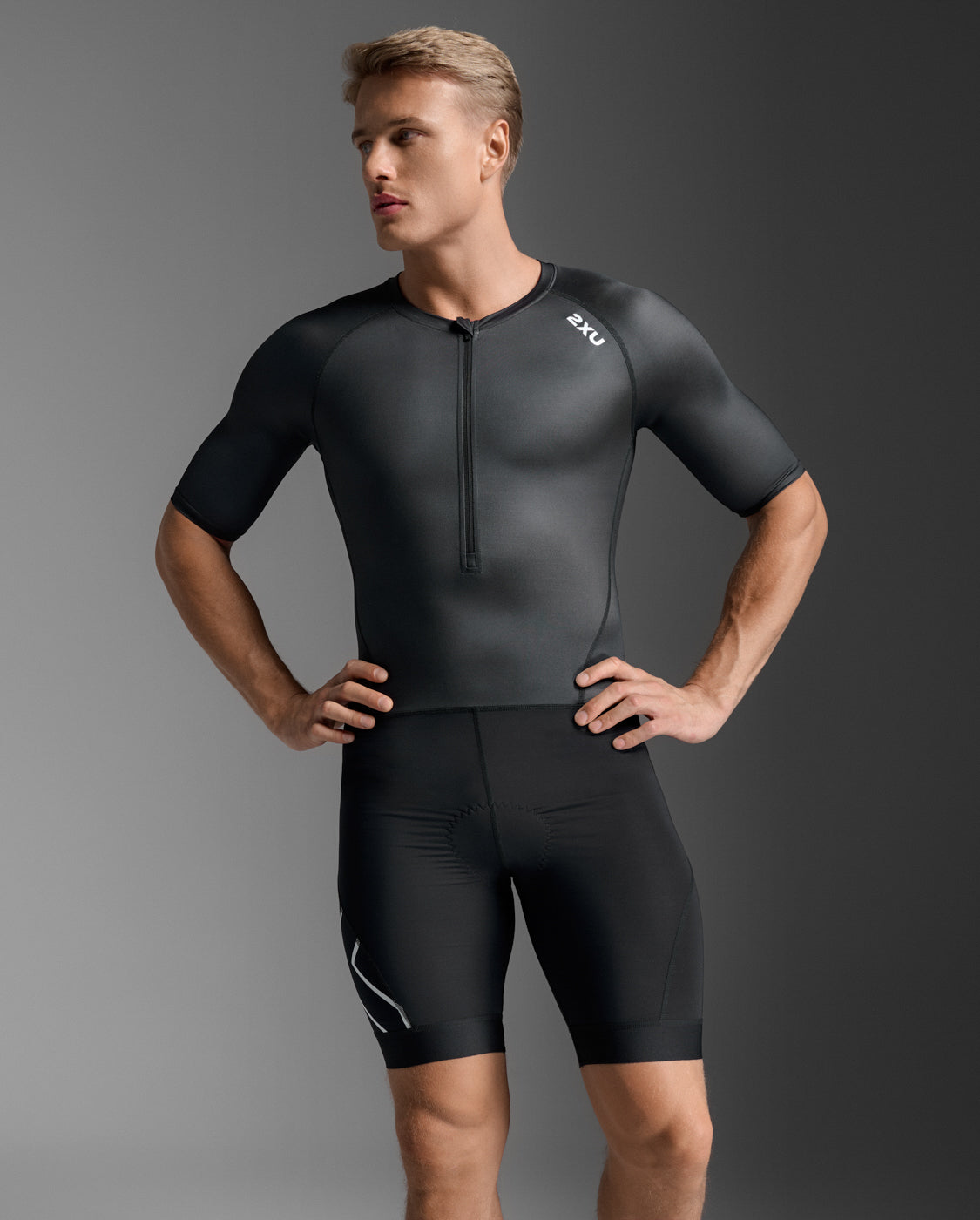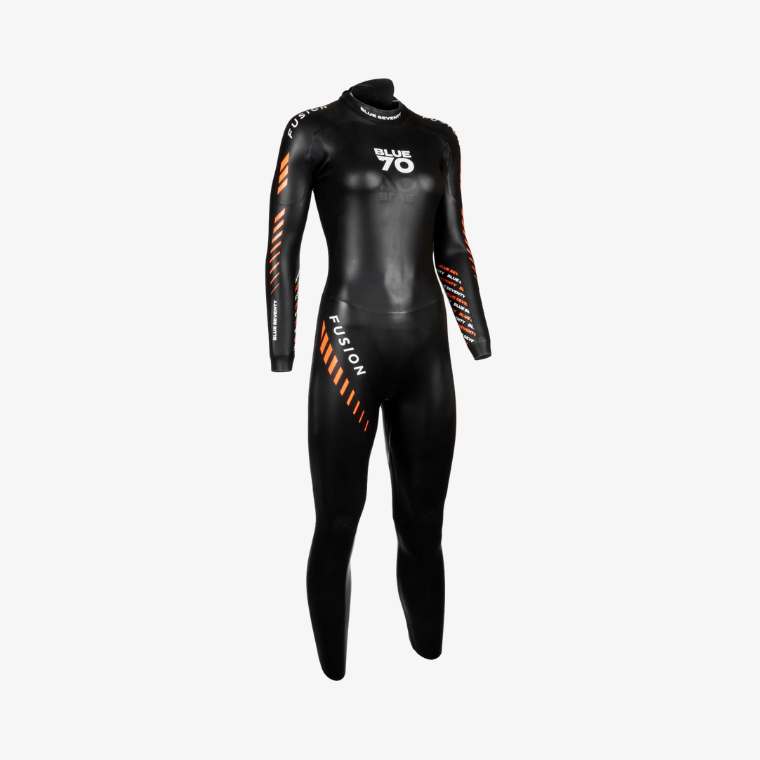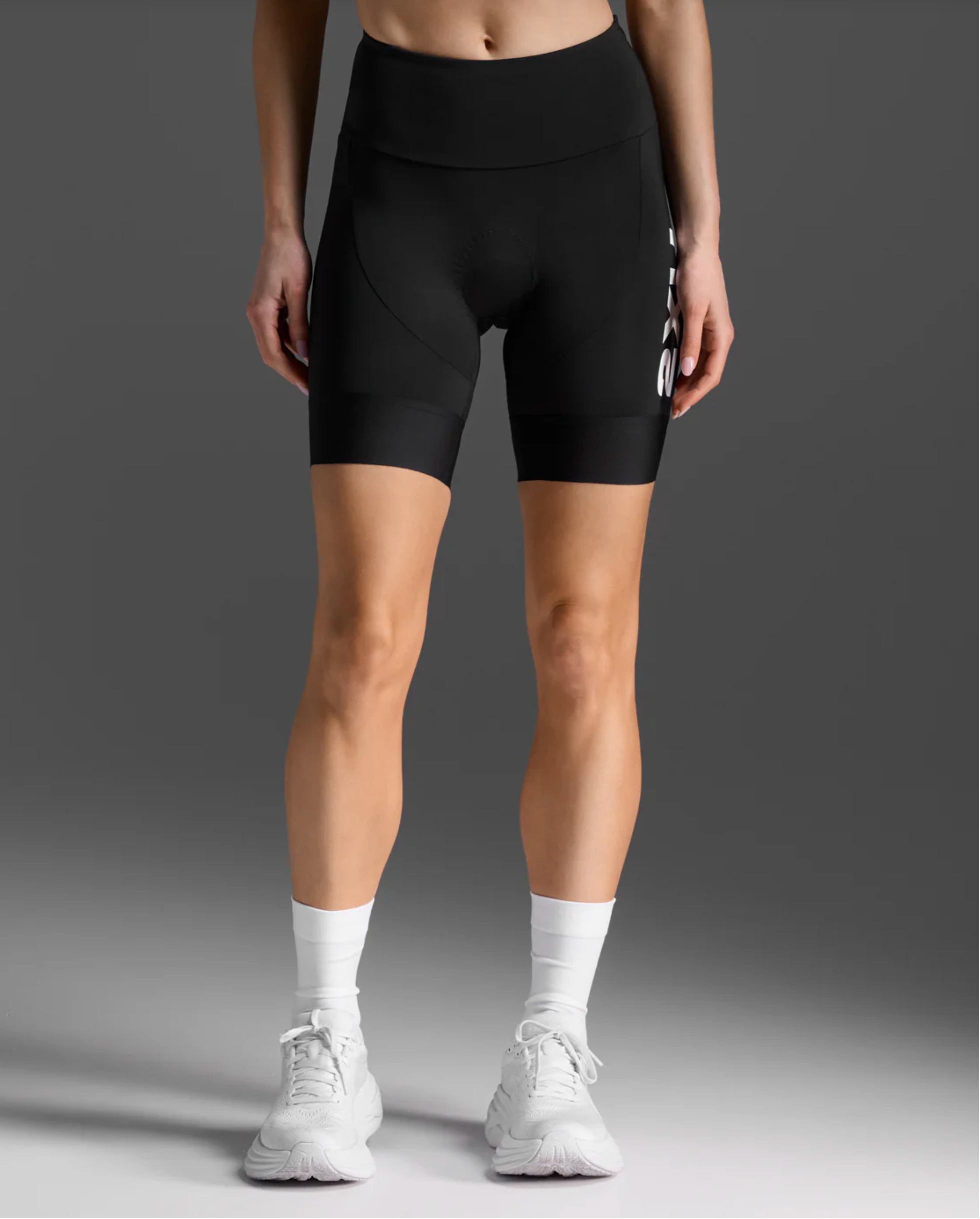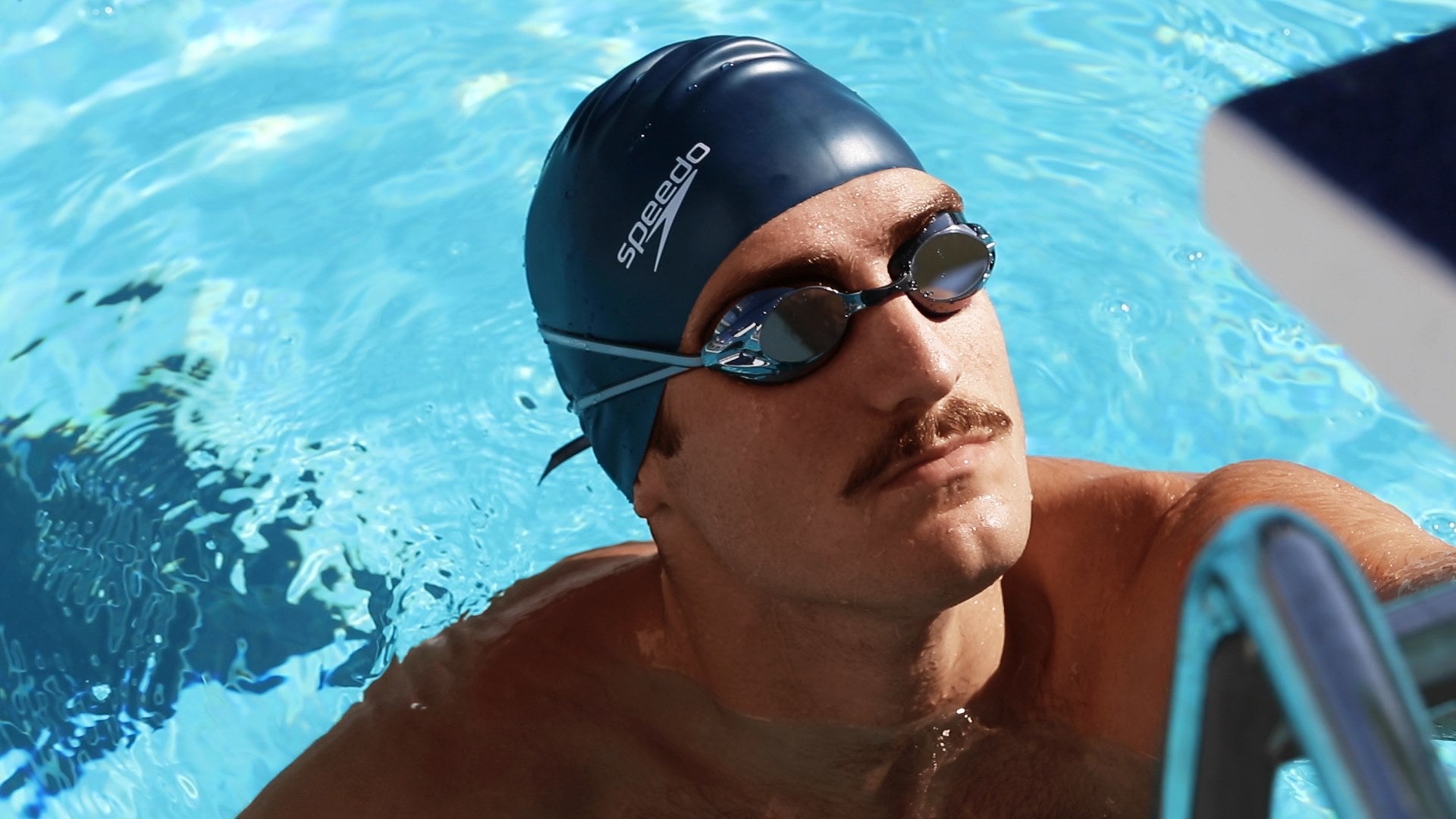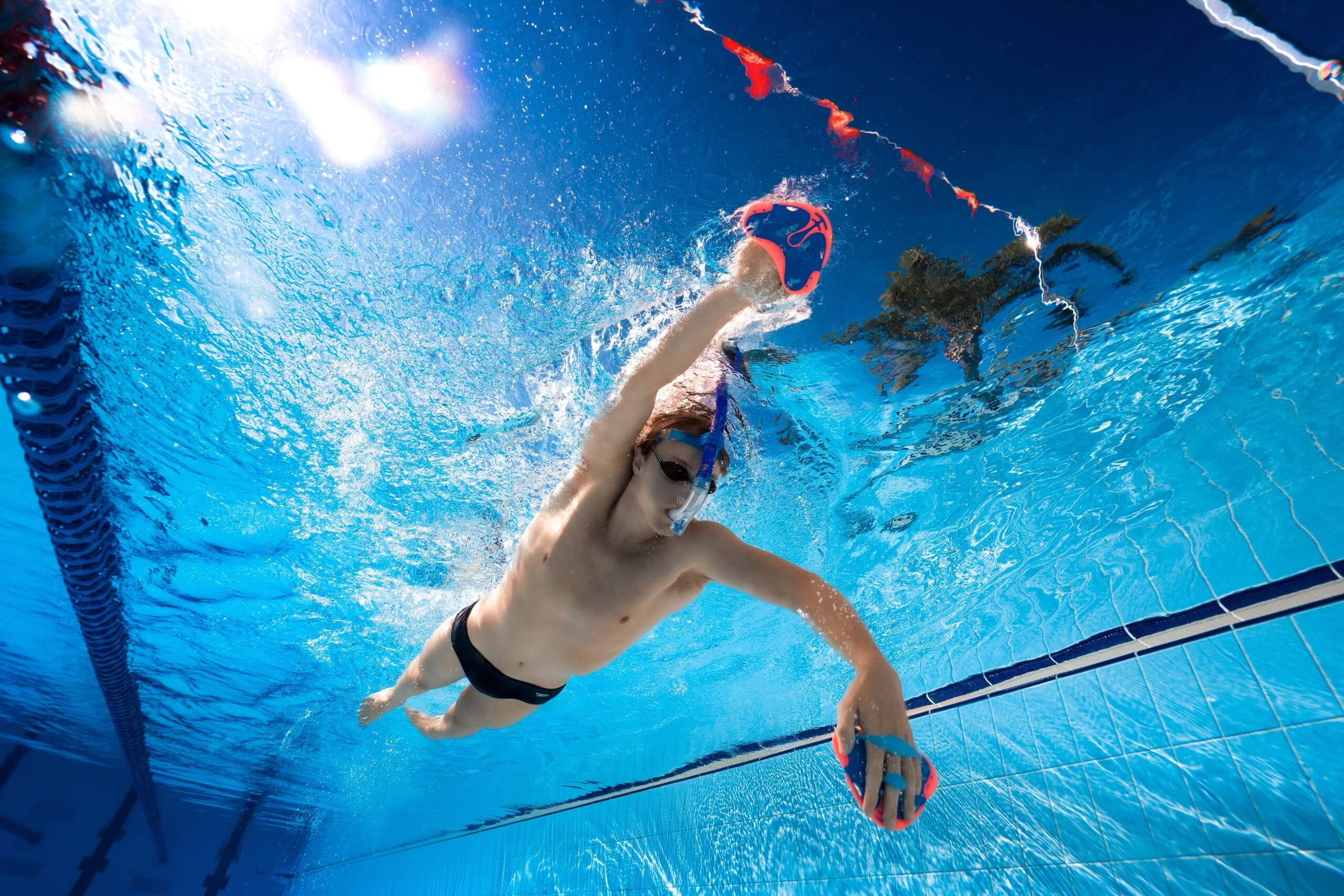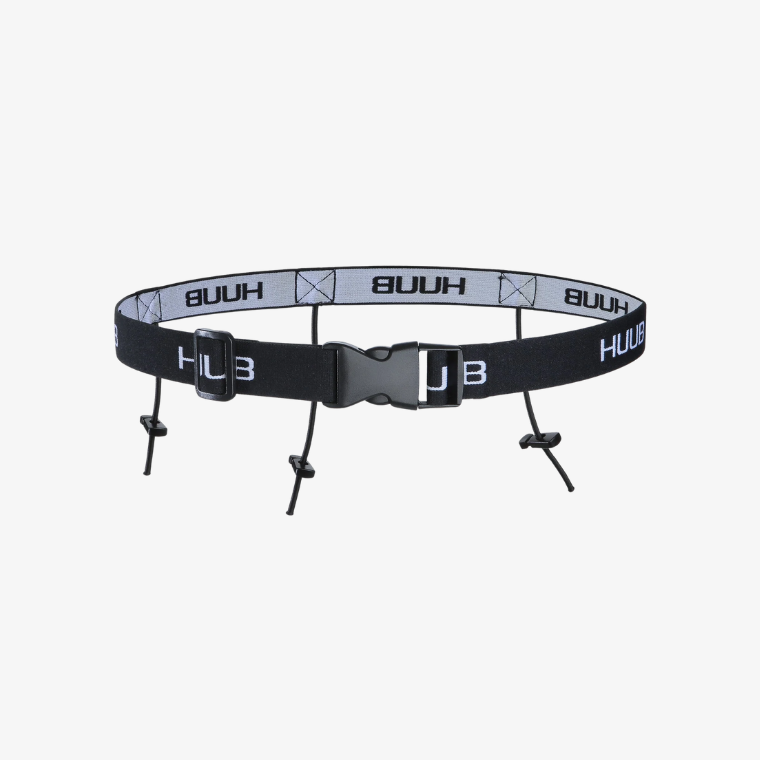The Versatile Trainer/Racer
Gone are the days of the light, low stacked super flexible Racing shoes. When Nike launched their first Carbon Shoe in 2017 the world of racing shoes changed dramatically. Supercritical foams, max stacks, and full leverage meant the old-school racing shoe disappeared from our shelves. This meant also the trainer/racer category was flipped on its head and the days of a classic Asics DS Trainer, New Balance 1500, and Saucony Kinvara were no longer.
Now a market dominated by max stack, composite plates, toe spring, and bouncy midsole.
But where to start? My first thoughts are, having a Trainer/Racer will help your racing shoes last longer and if I am honest I would normally suggest purchasing the takedown model of the racing shoe you like. But like most things, the brands make subtle but annoying changes to the shapes and they don’t always fit.
Before we get into the nuts and bolts of a Trainer/Racer I’ll define what I think one is.
The shoe can take you from a moderate training speed or effort to a faster training speed or effort. Lighter than a training shoe, but more stable than an all-out flat.
They will have a little more outsole for life and probably (but not always) not be so aggressive in its toe spring leaver. Meaning when we put our flat on it still feels fast and they can be used to “jog”. The upper will be more durable and often more traditional than some racing shoe uppers. They are also a great gateway shoe for someone who wants a racing shoe, but perhaps it takes 3:15-4:30 to run their marathon.
So what to look for?
I’ll often use my trainer racer as my kick-down long-run shoe, which means I need it to feel a little more stable than the racer. Personally, I like the heel to feel snug, and snugger than my daily trainer as the added toe-off power means we can get more slip (especially if the shoe is a little stiffer), I’ll always lace lock these ones too. The midfoot area and how the upper holds the arch is something I look for too. I don’t want it to feel loose, the extra torque created by moving faster means I want to be held well. Then given the time spent in the shoe I want to make sure my toes aren’t crammed. I still like a little bit of forefoot flex; I find the carbon shoes too stiff to jog in and it hurts my Achilles. More than likely due to the fact we use more of the shoe moving slower than when we are all out and we don’t have as much momentum or force going into the shoe. So we can’t use the leverage the plate gives us.
In terms of the midsole, I prefer a firmer ride to something very soft. That has some width across the waist of the shoe. The extra ground contact at slower speeds means there is midsole to catch my arch. Unlike a flat where we might land further forward on the foot for the majority of the usage.
We are looking for optimum versatility here. Something we can push the boundaries of our ½ marathon PB but also run for a few hours in. Look for comfort first, an appropriate amount of stability, and a bounce/toe spring your body likes. Make sure it isn’t a dramatic change into your flat as this is a great shoe to bridge the gap between your everyday trainer and race day footwear.
As always enjoy your running and any questions sing out.
Oska
